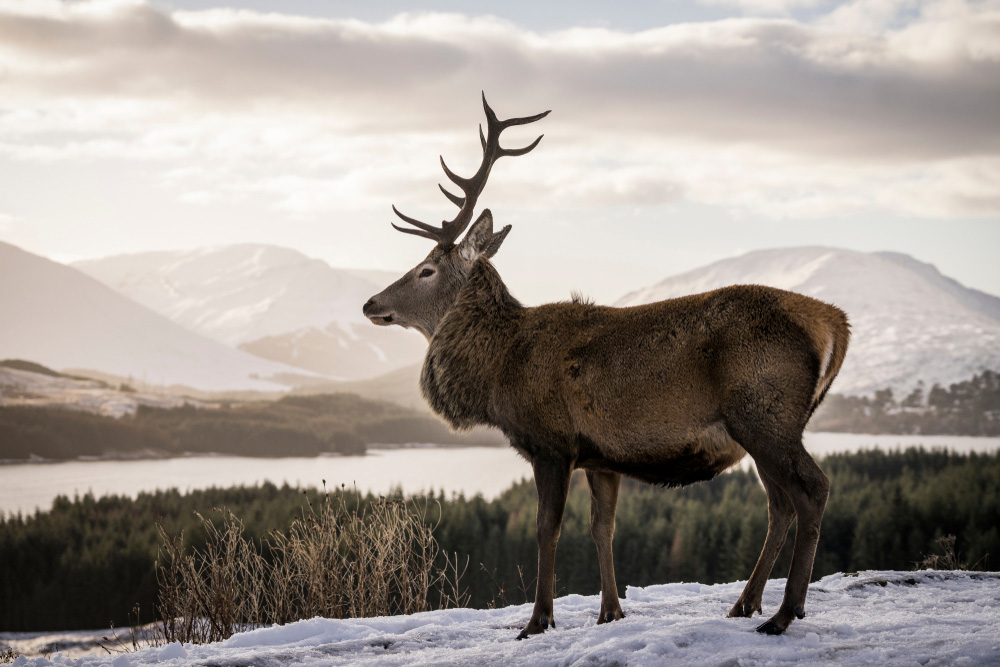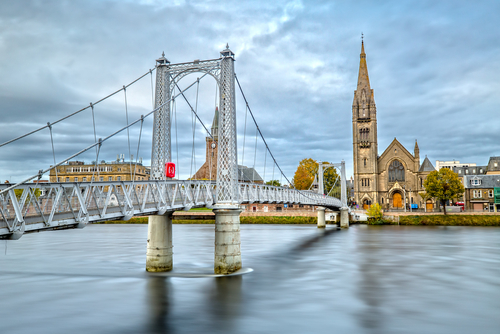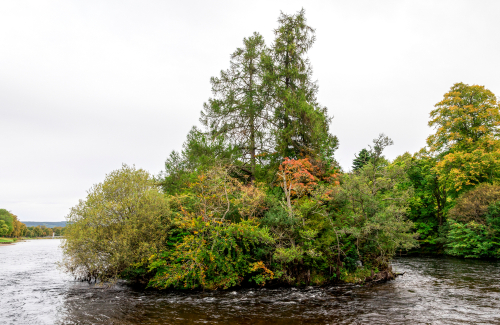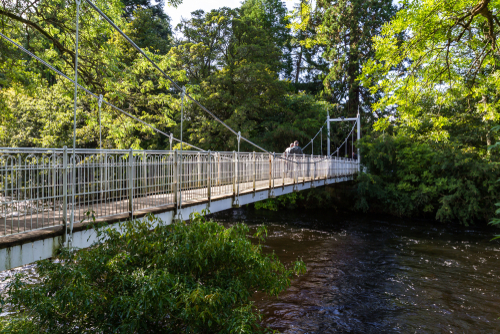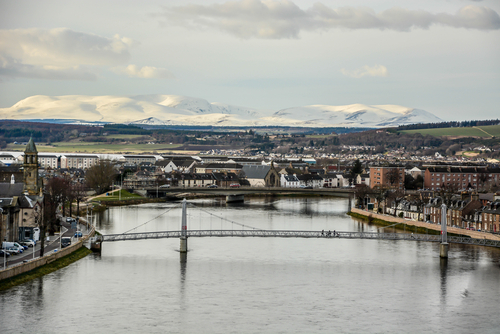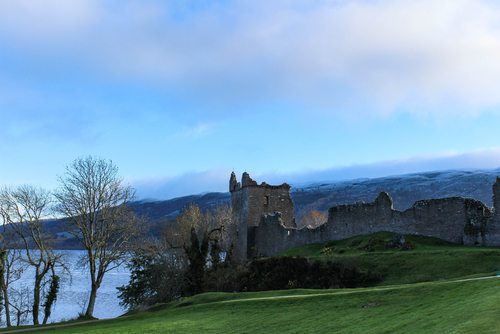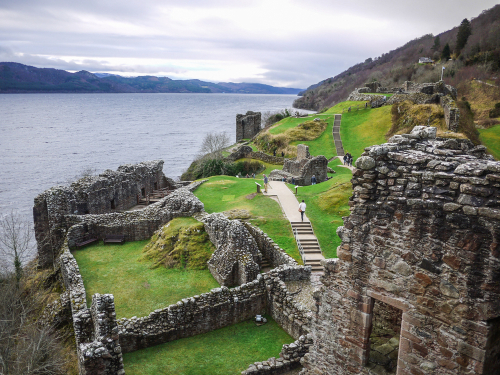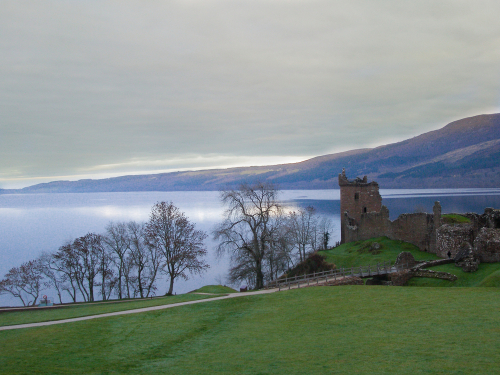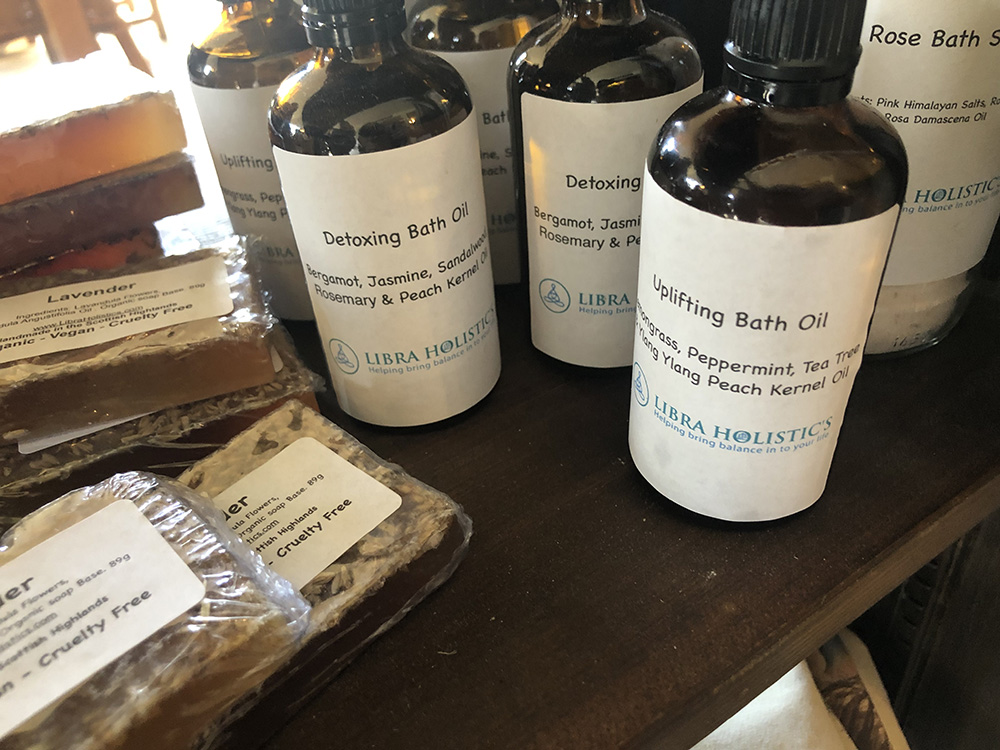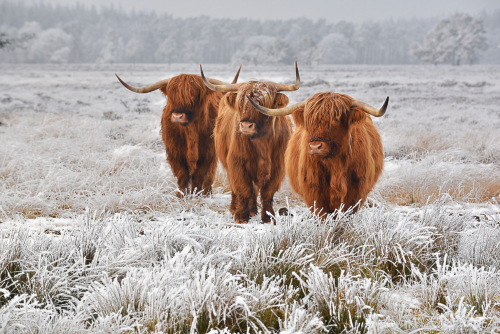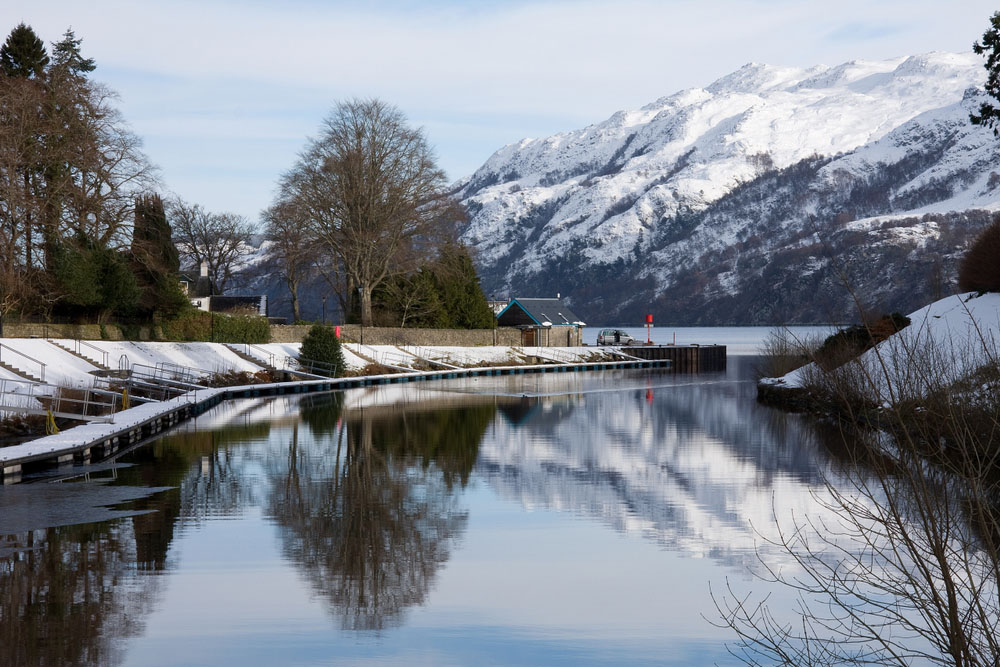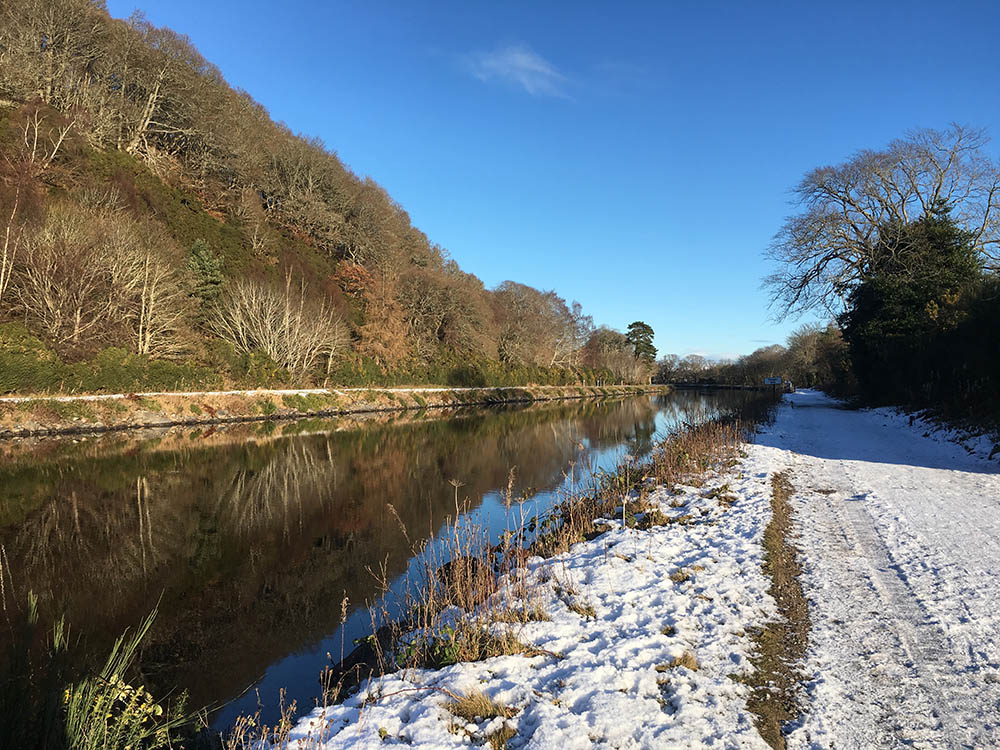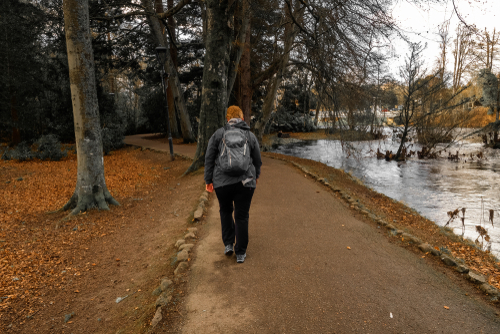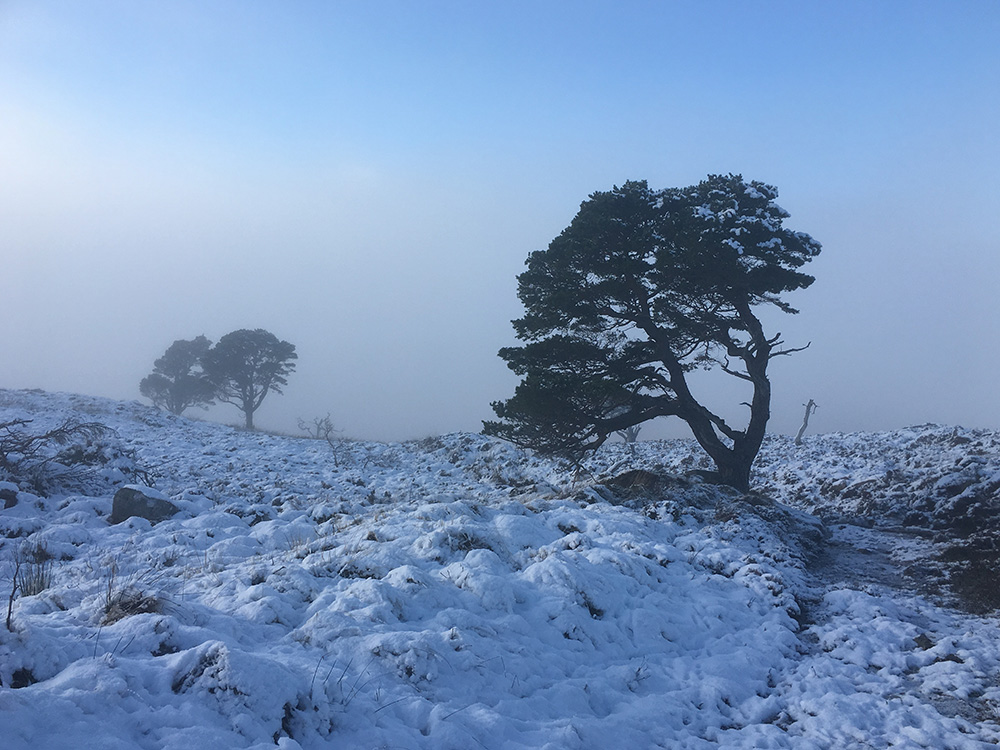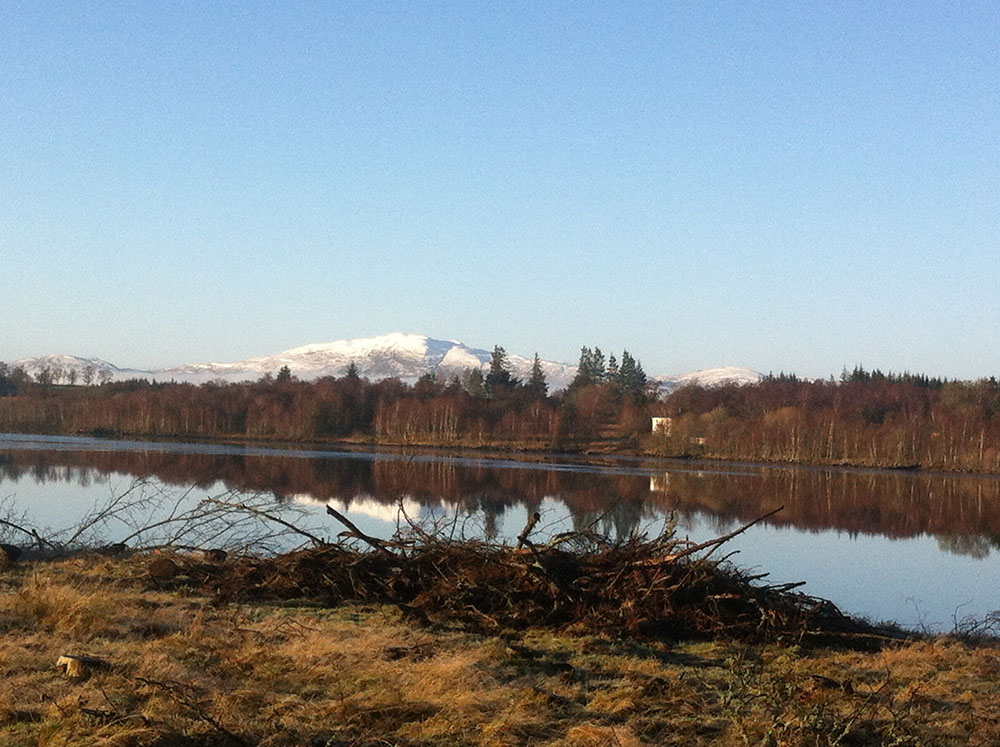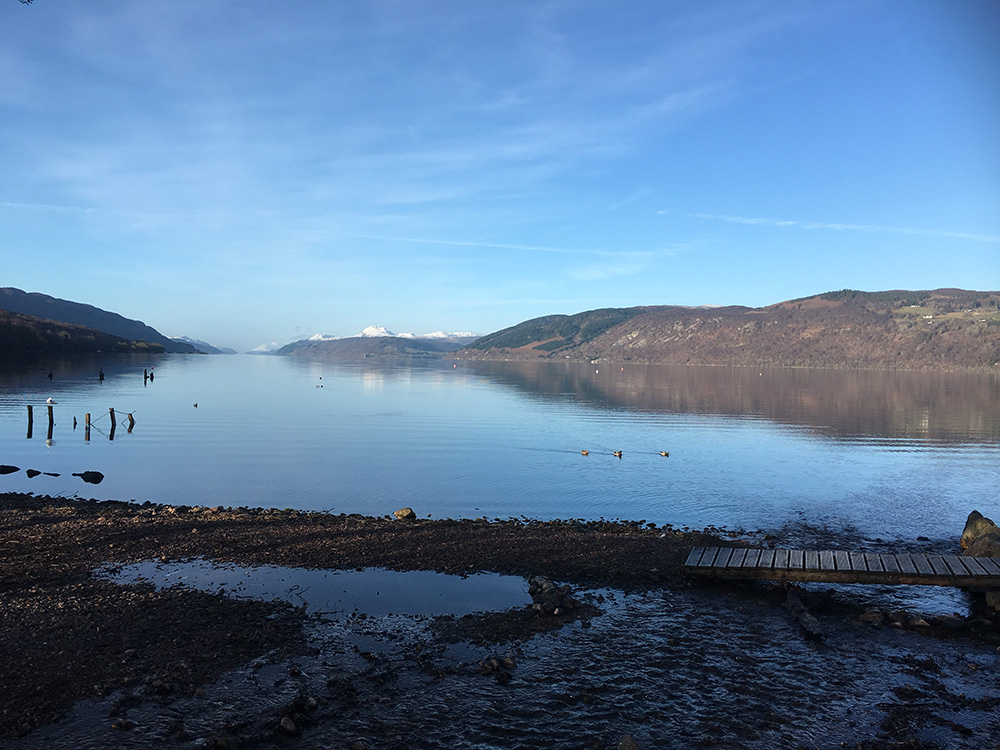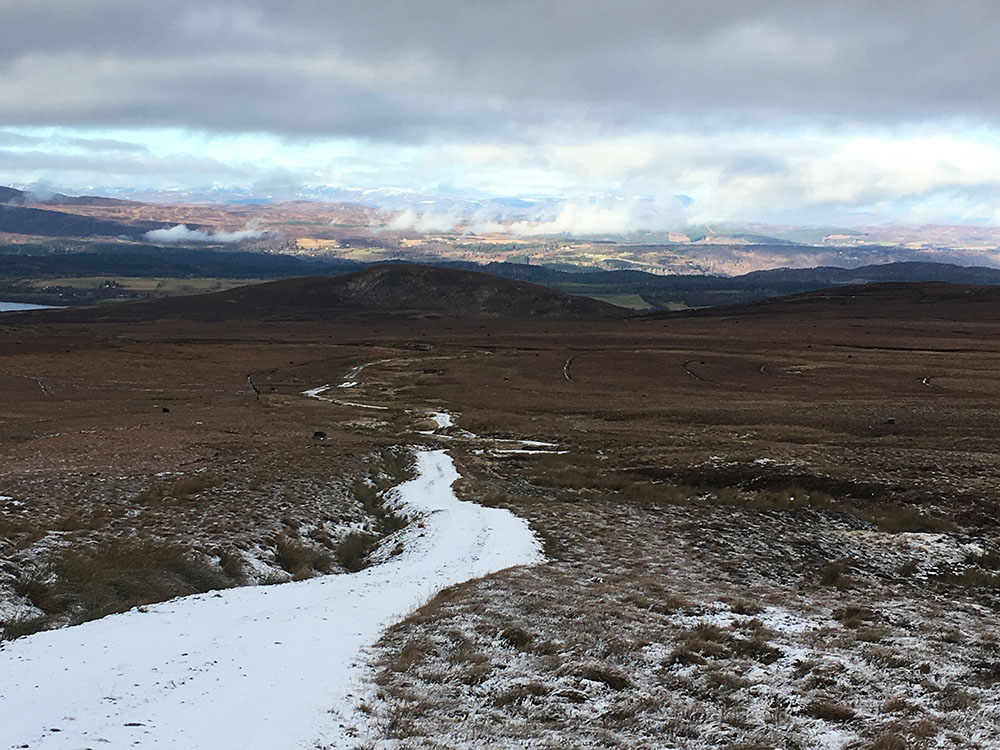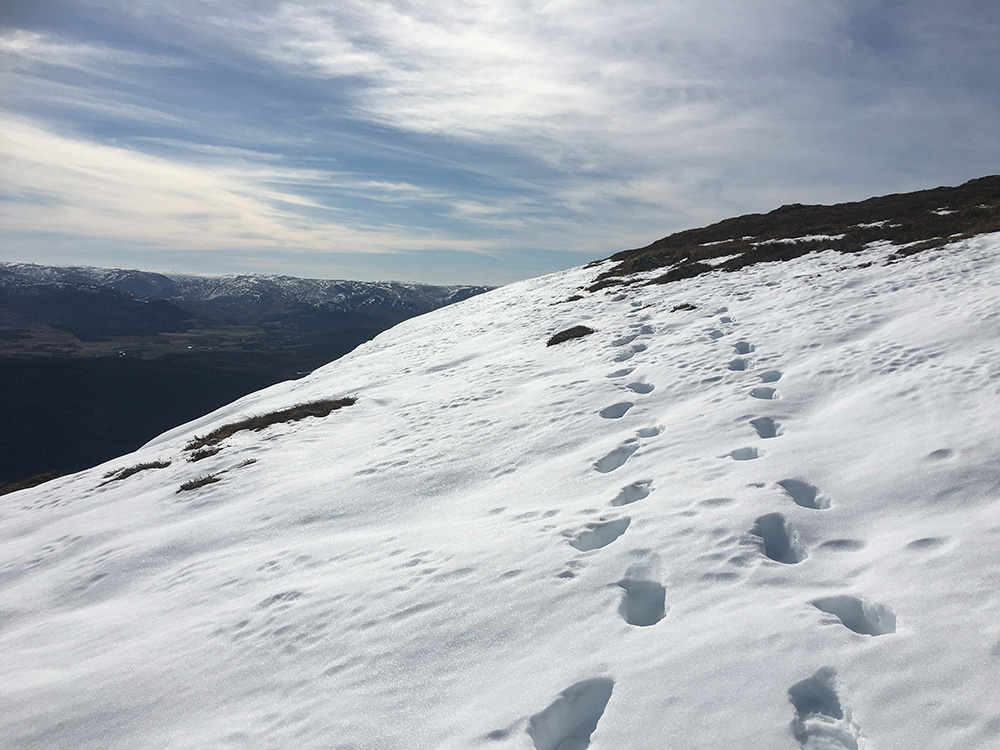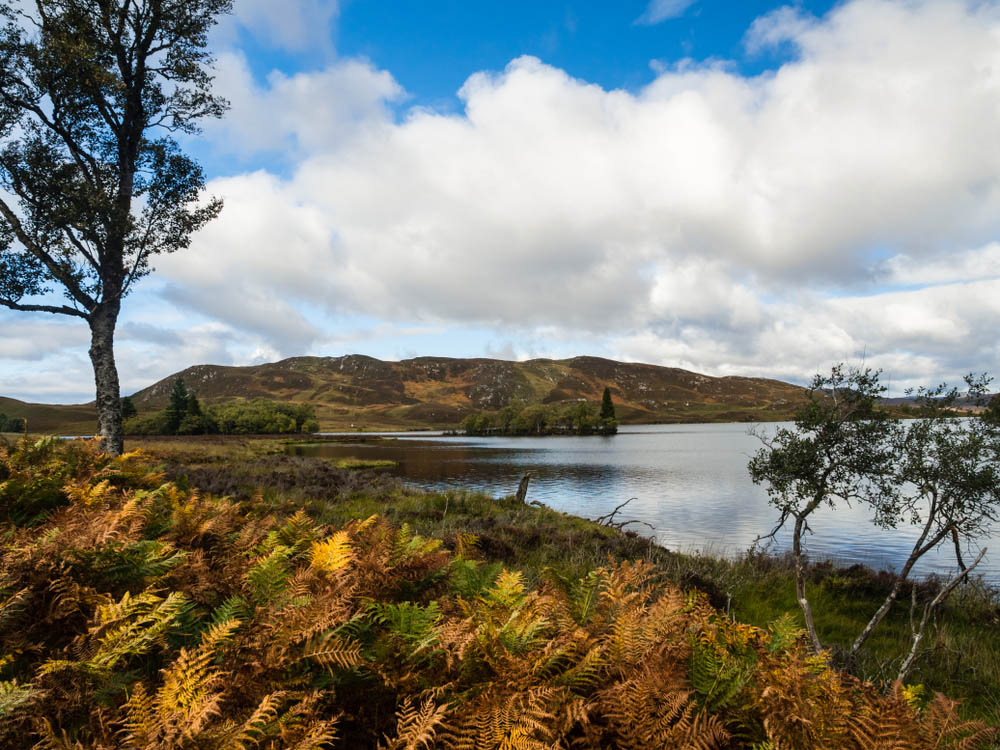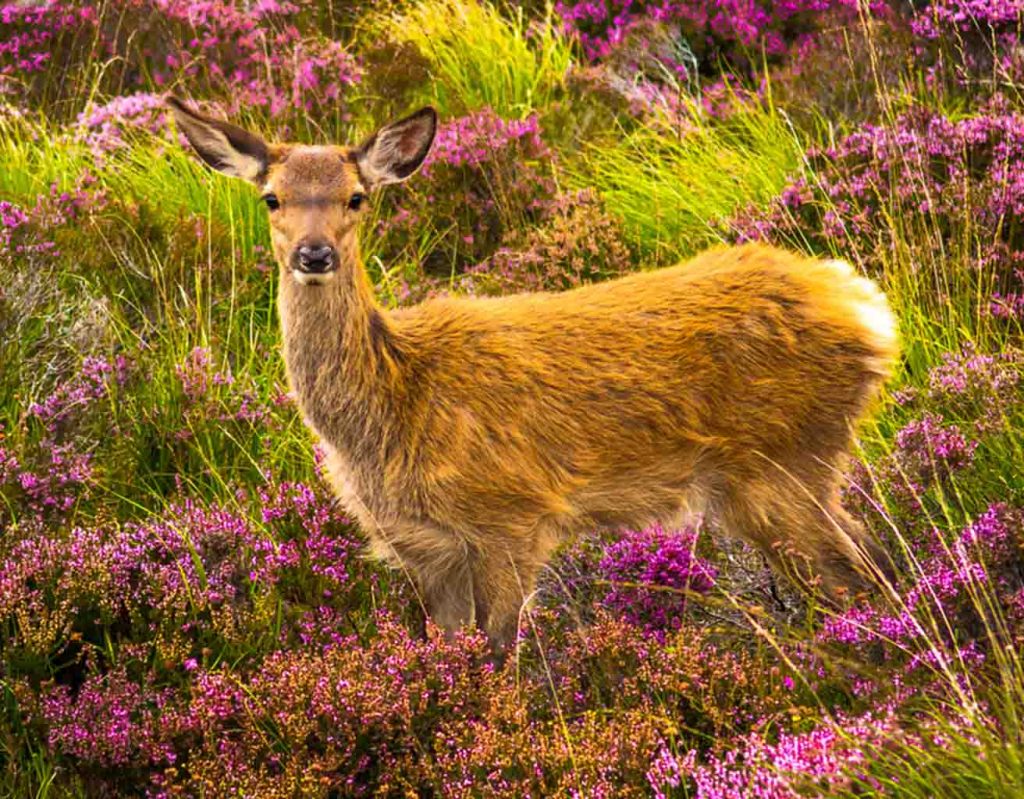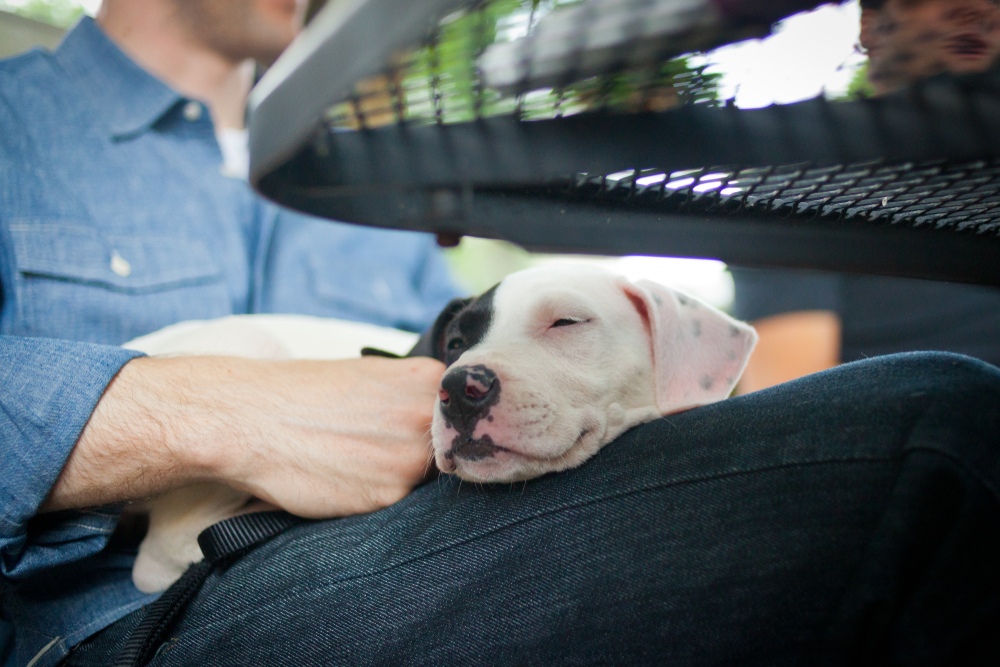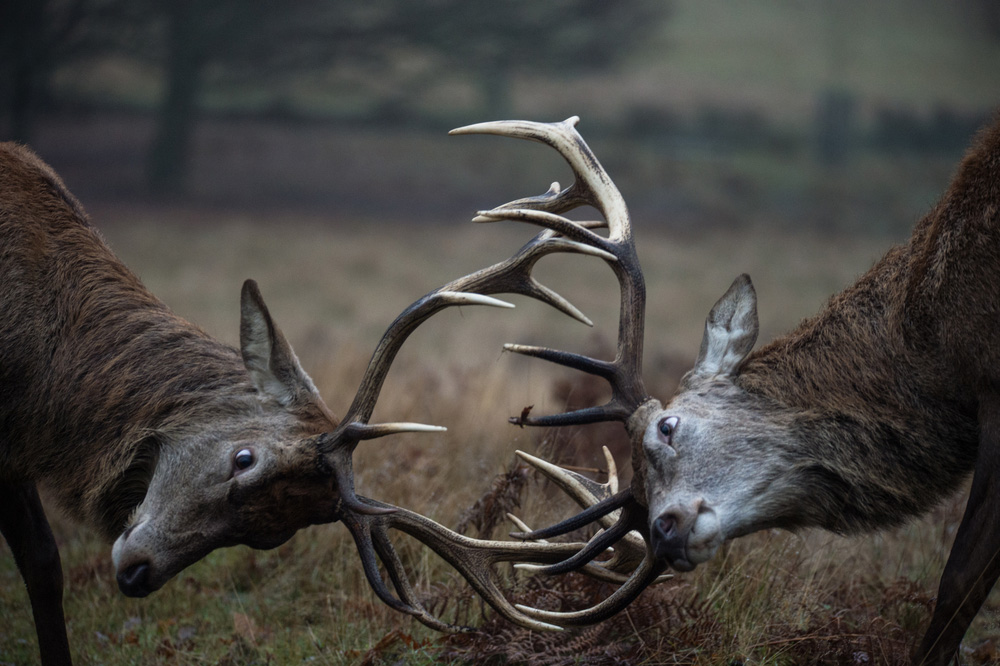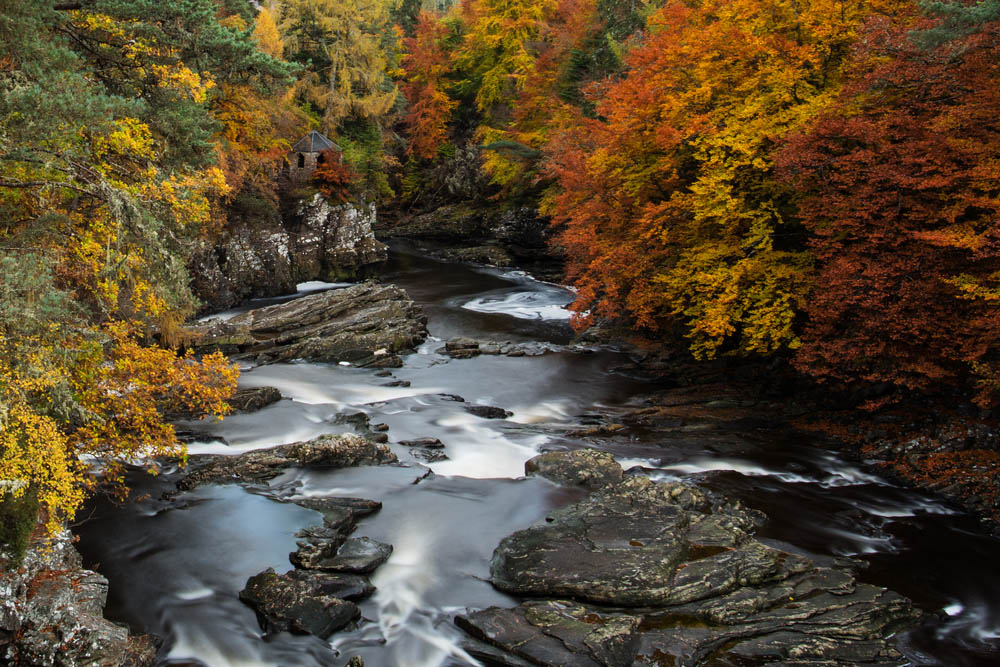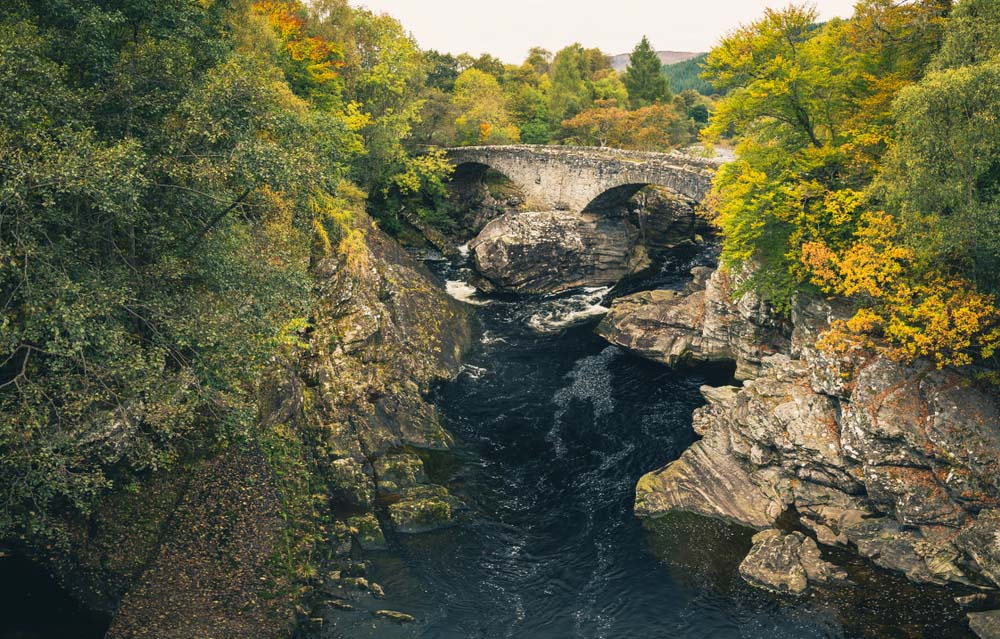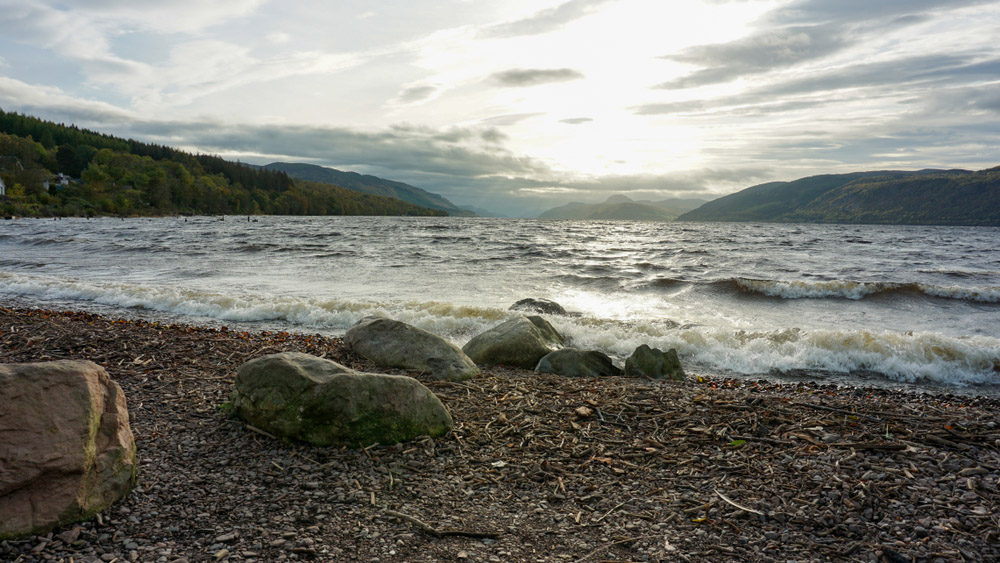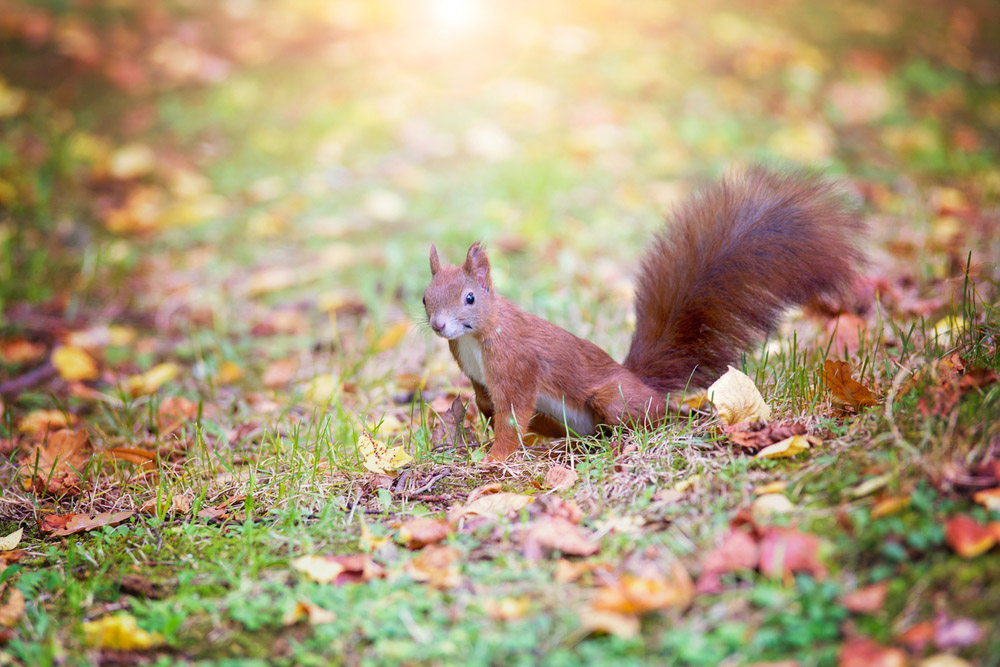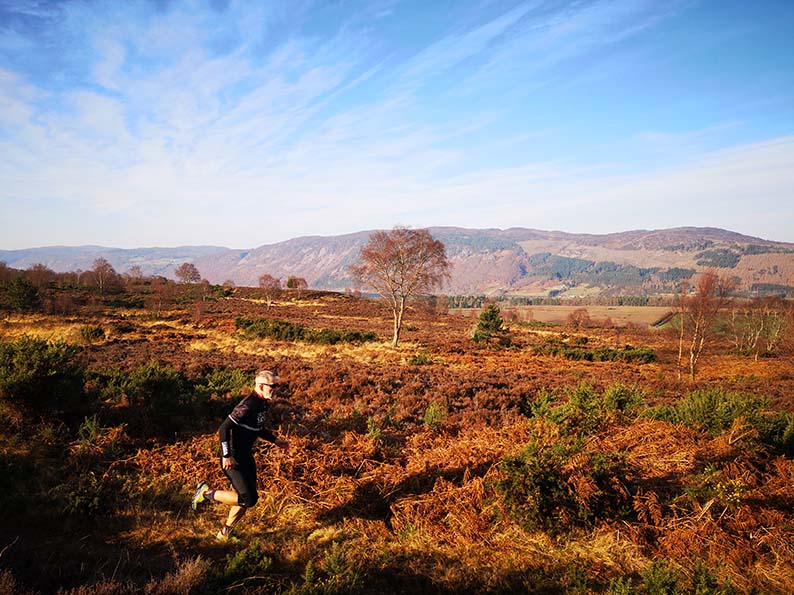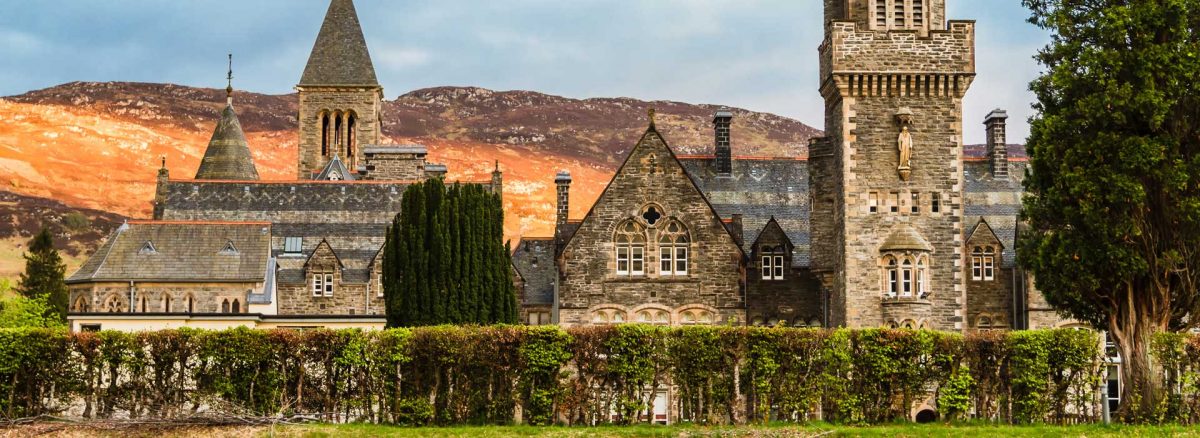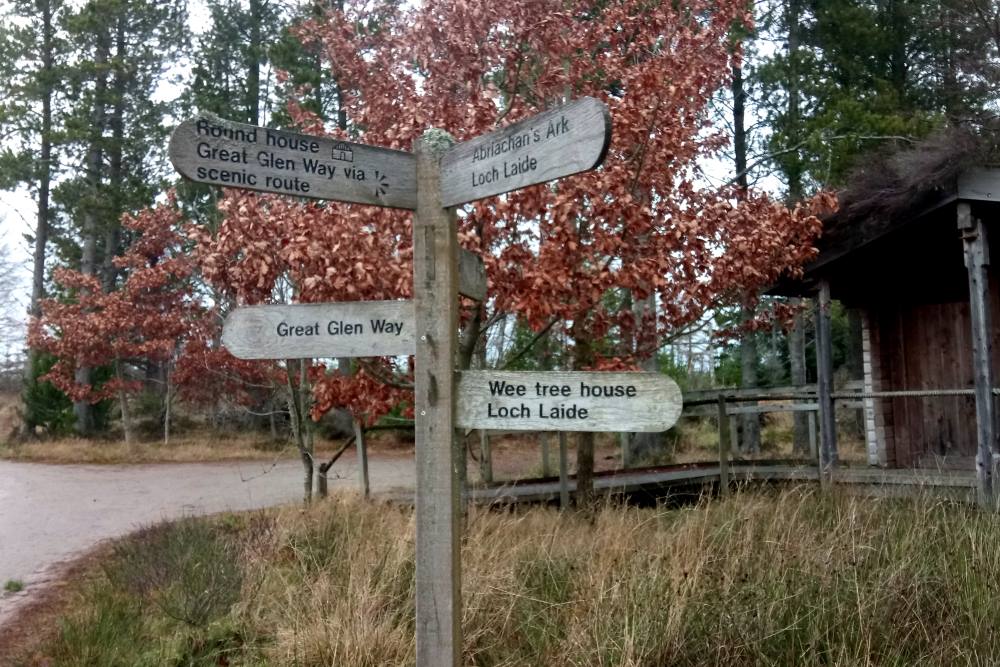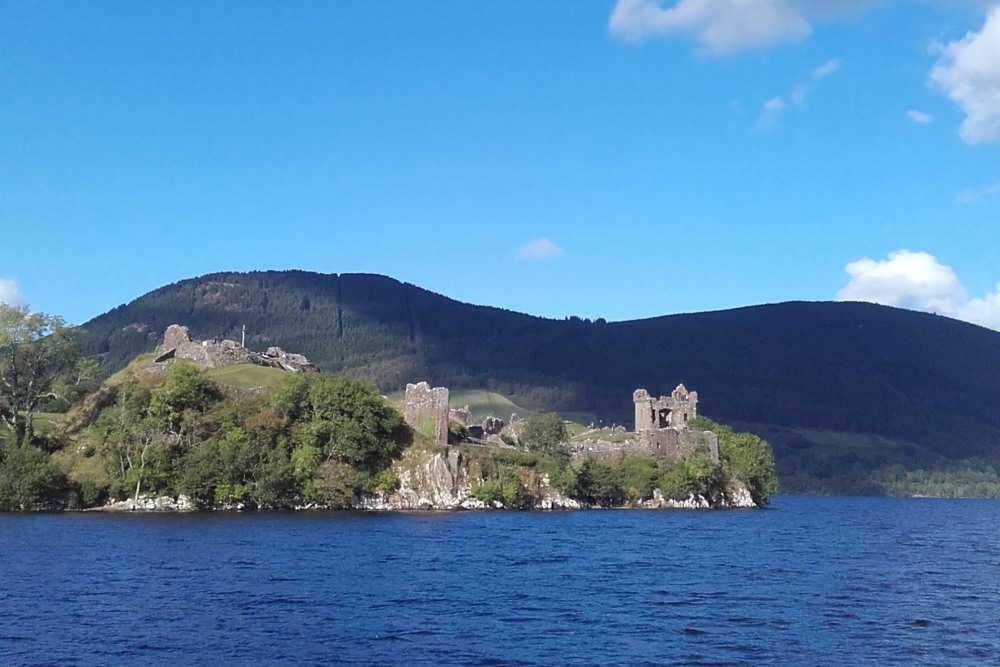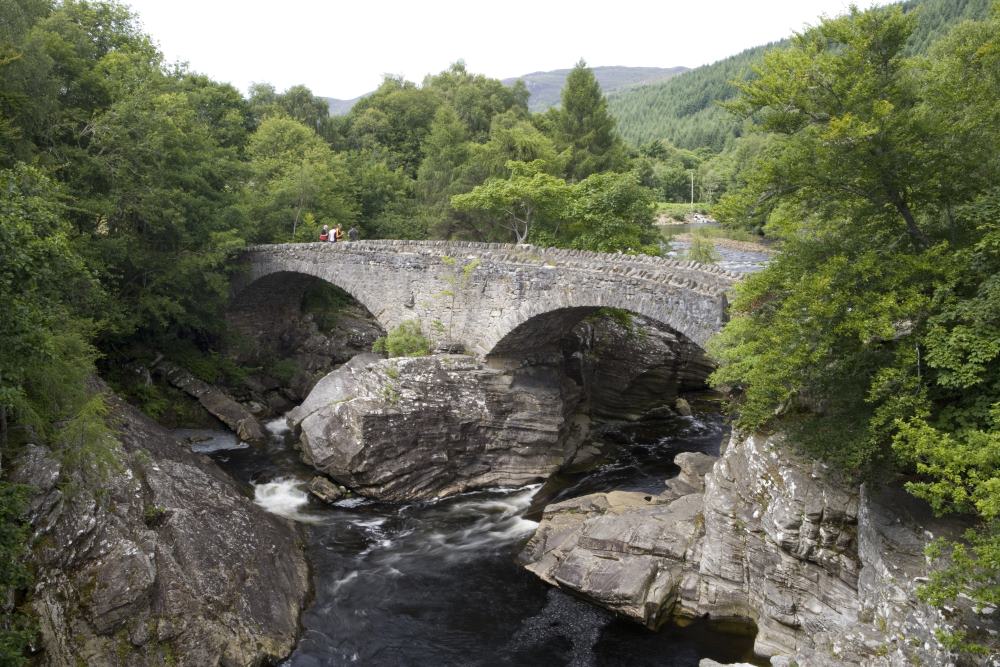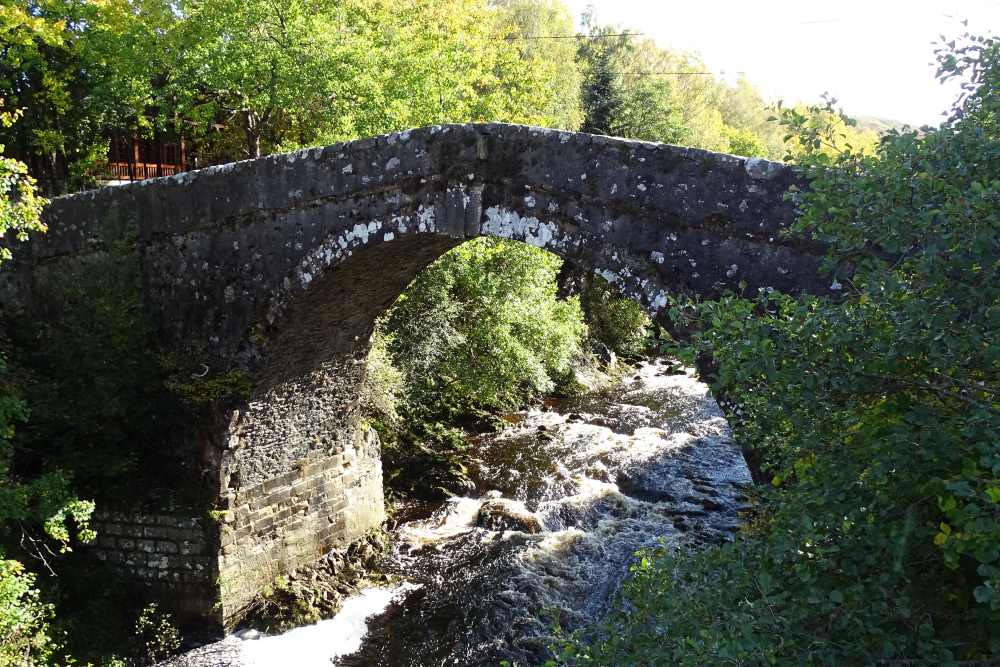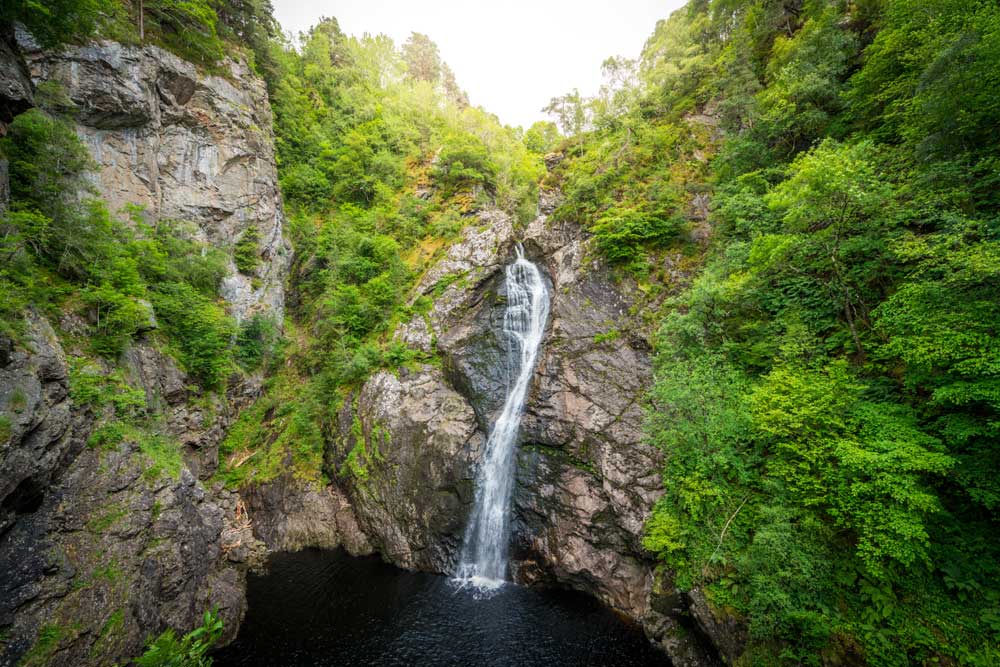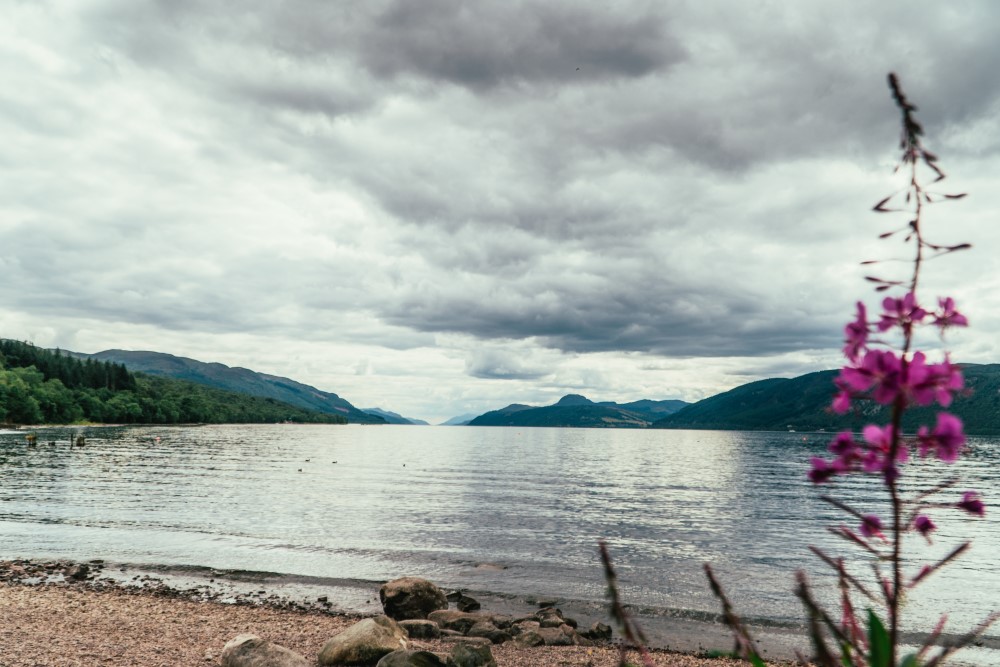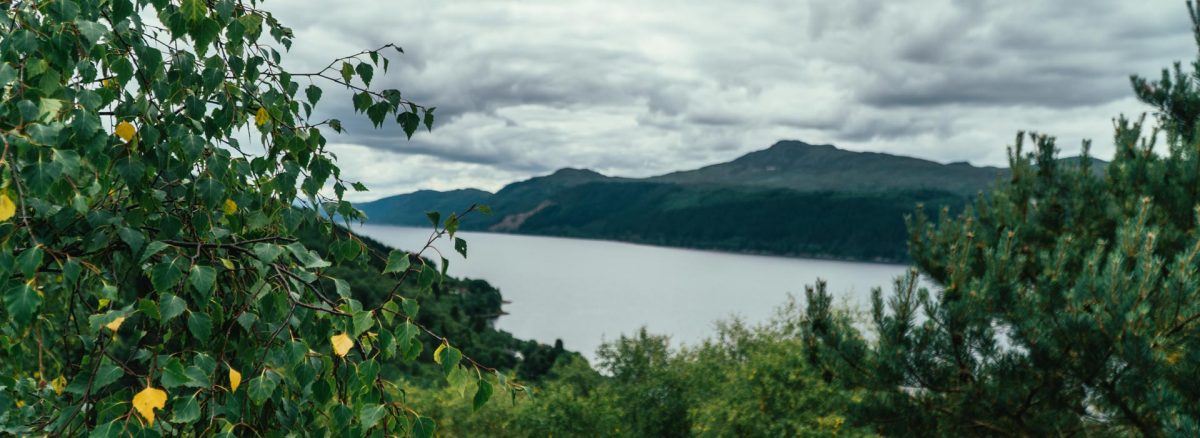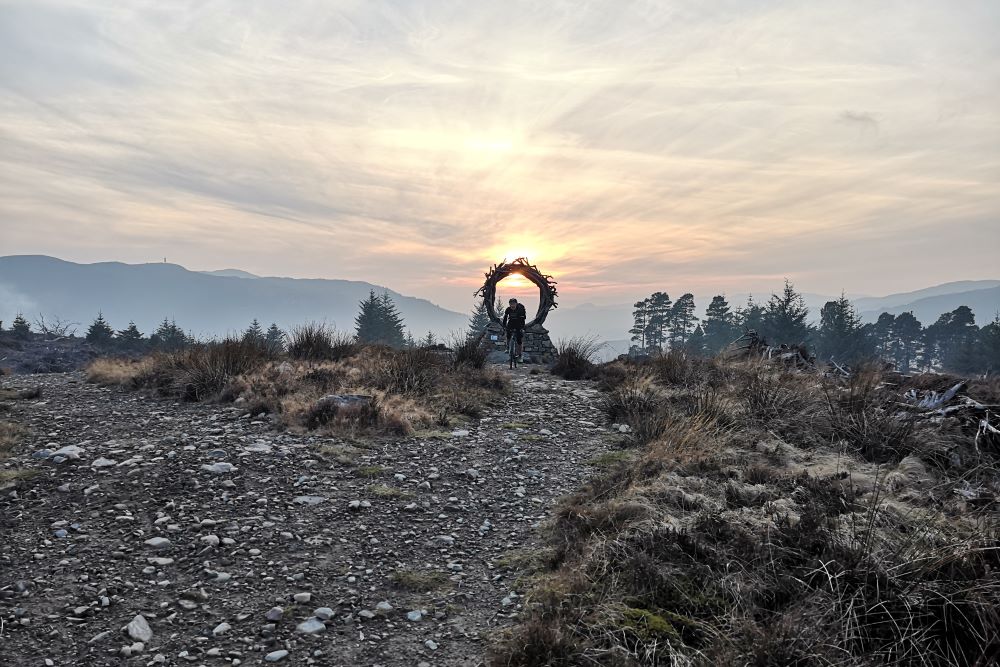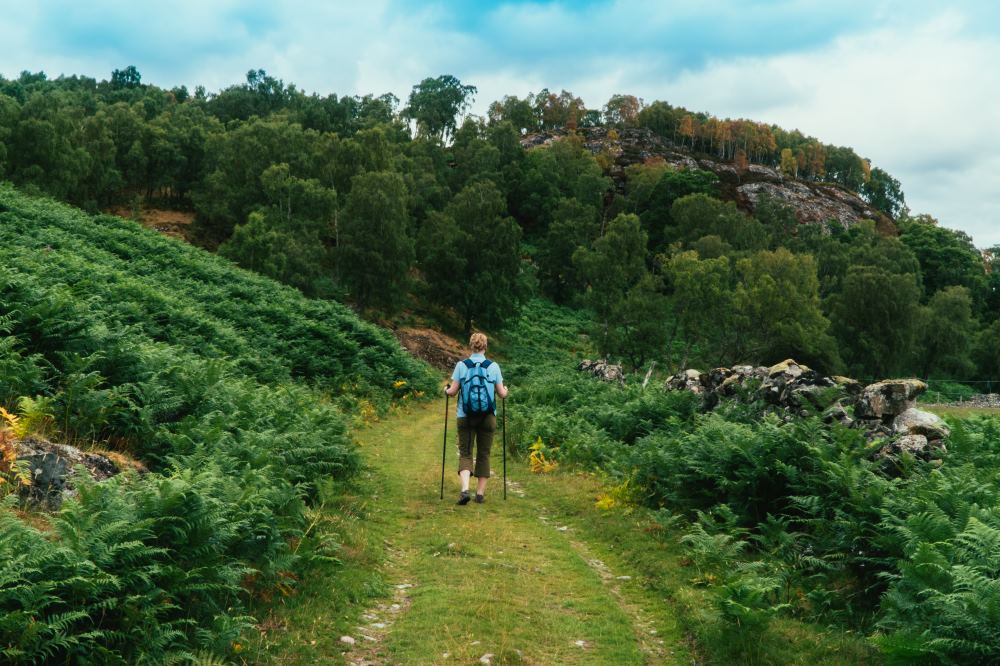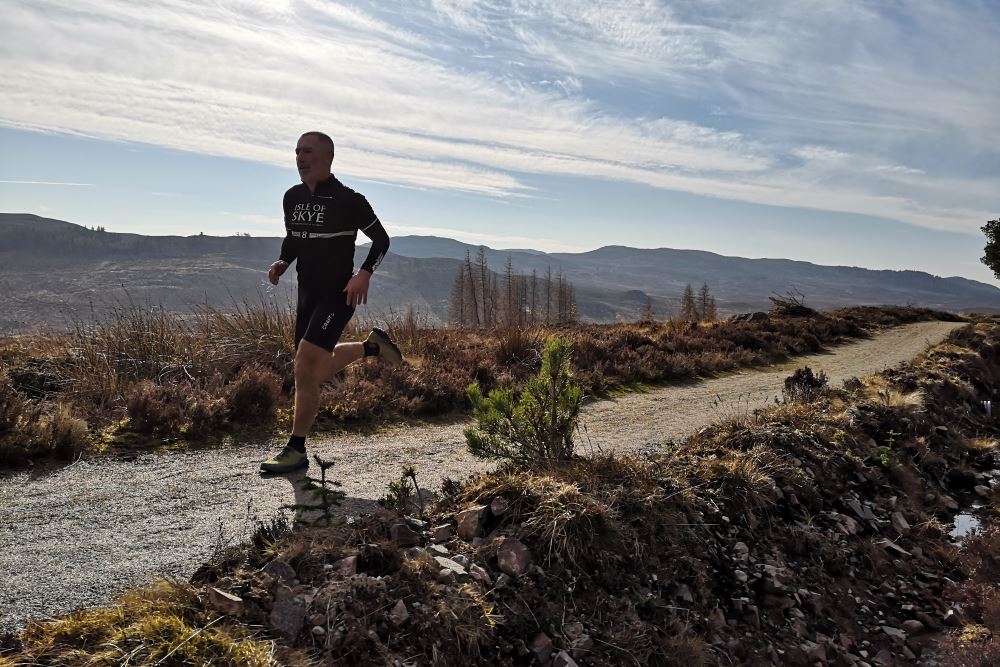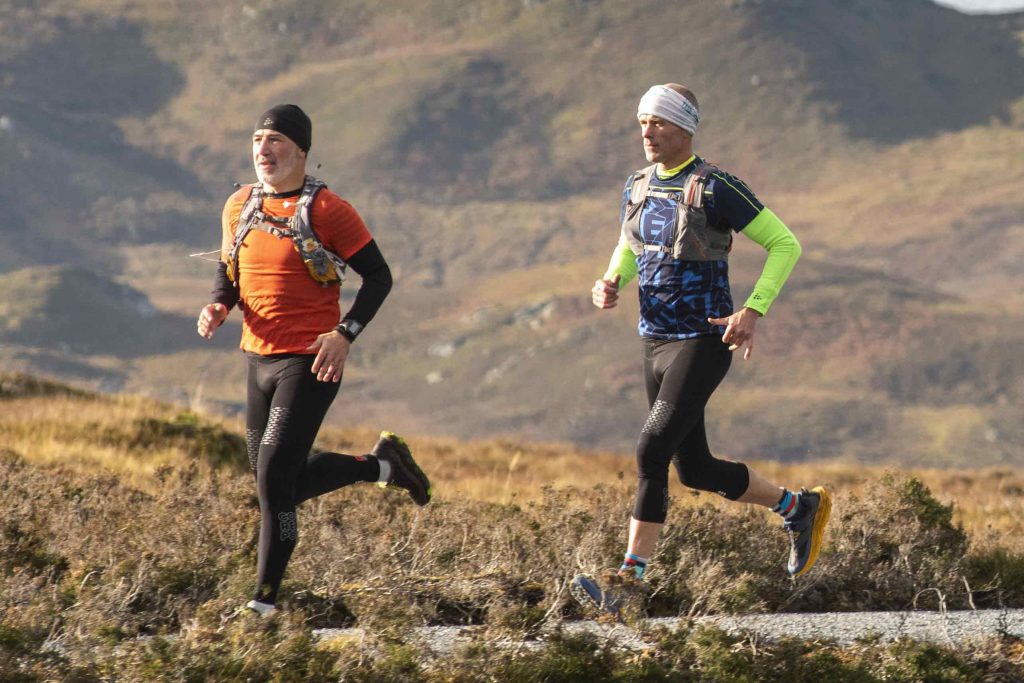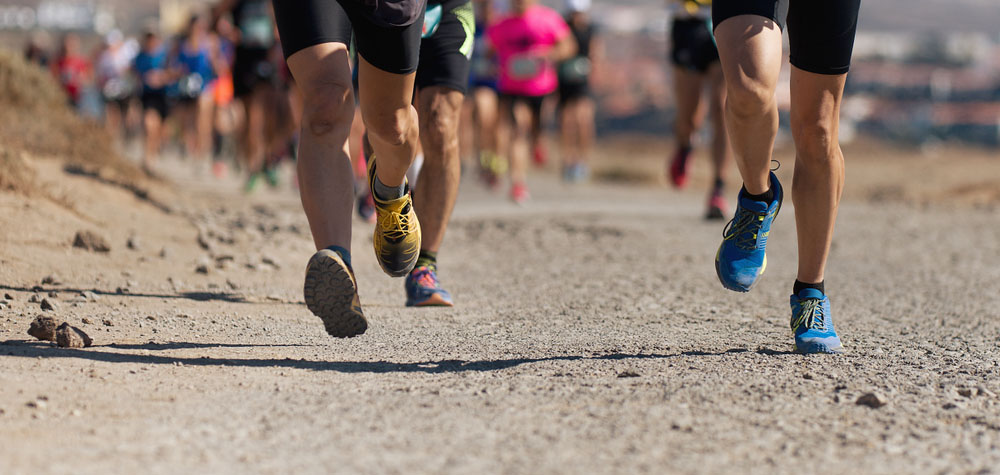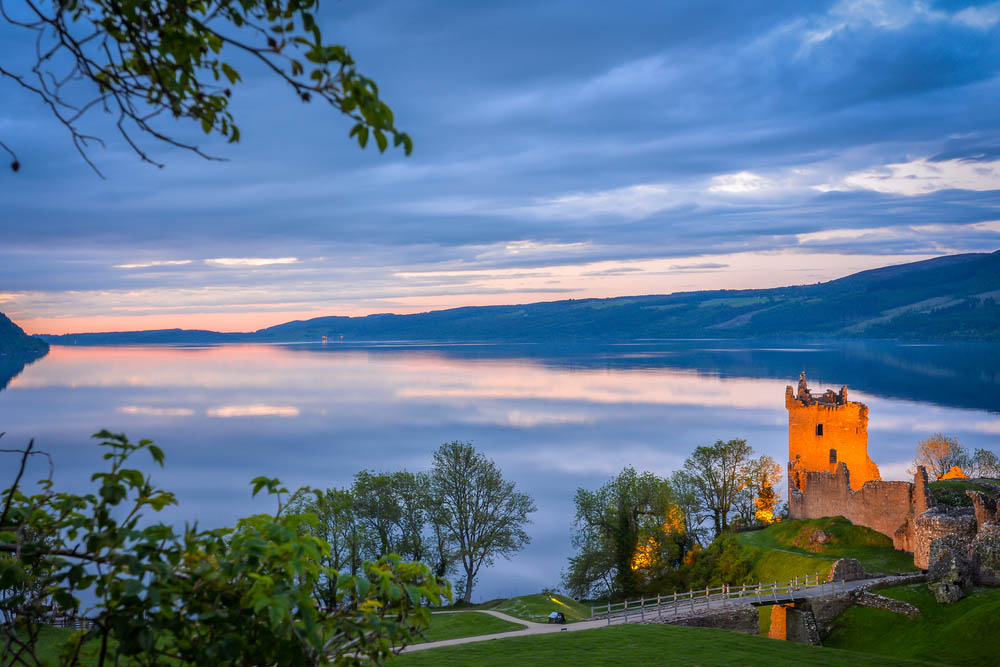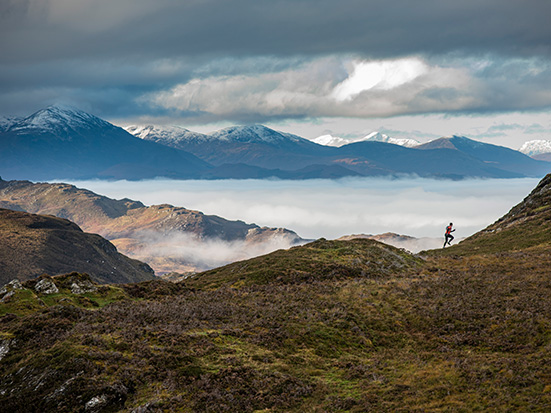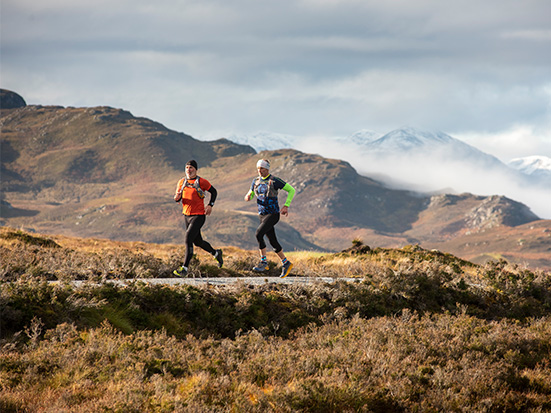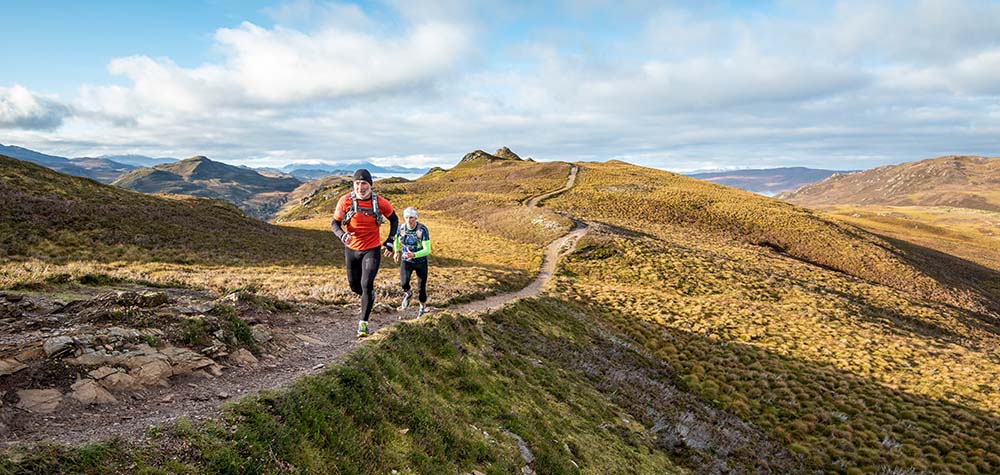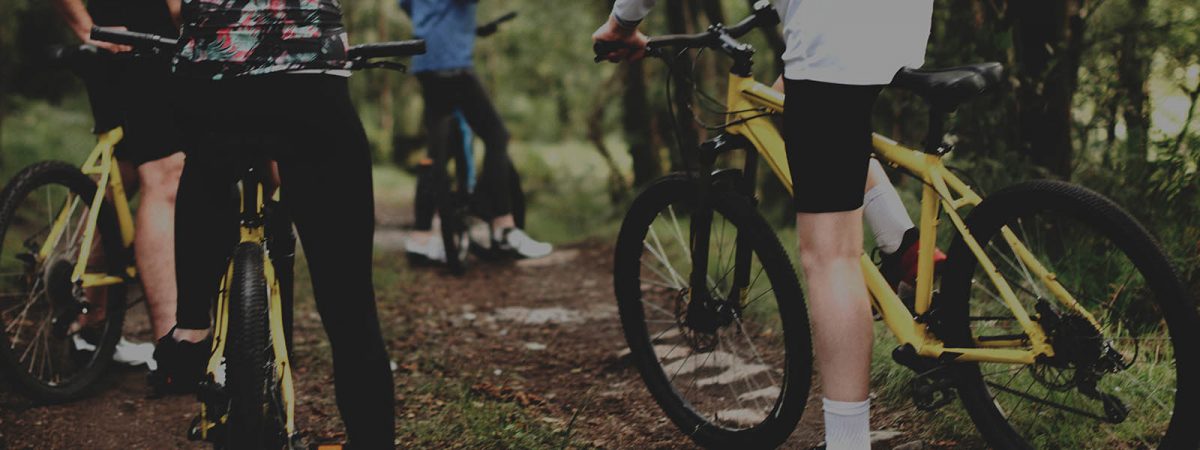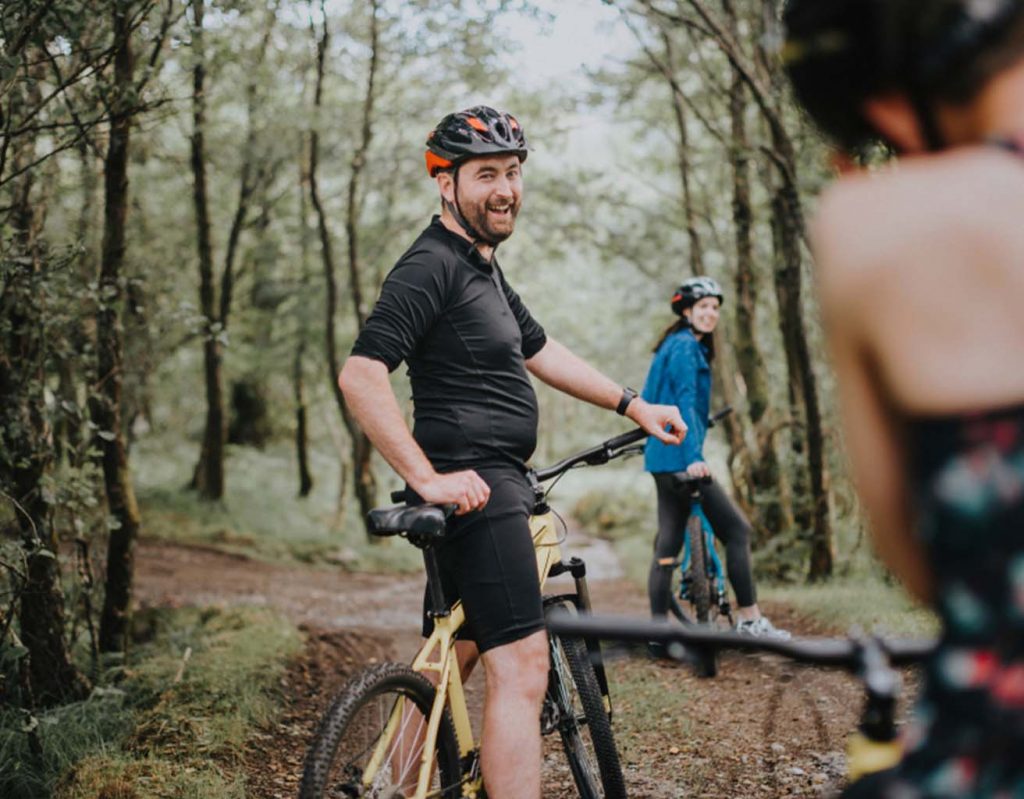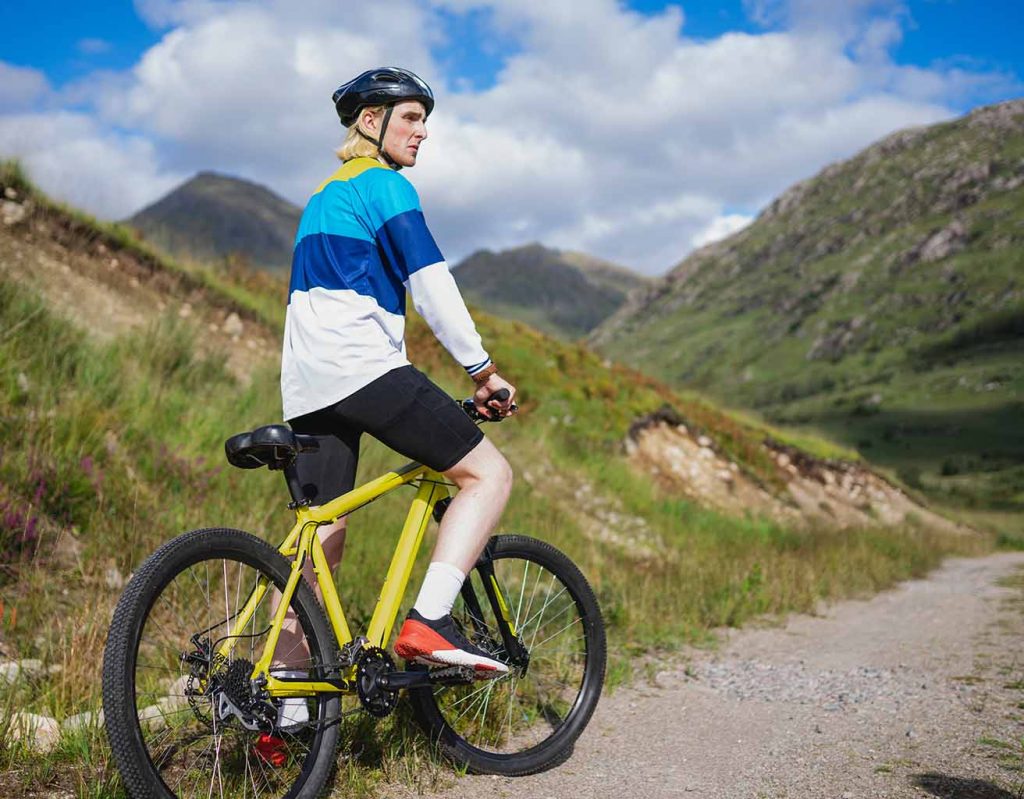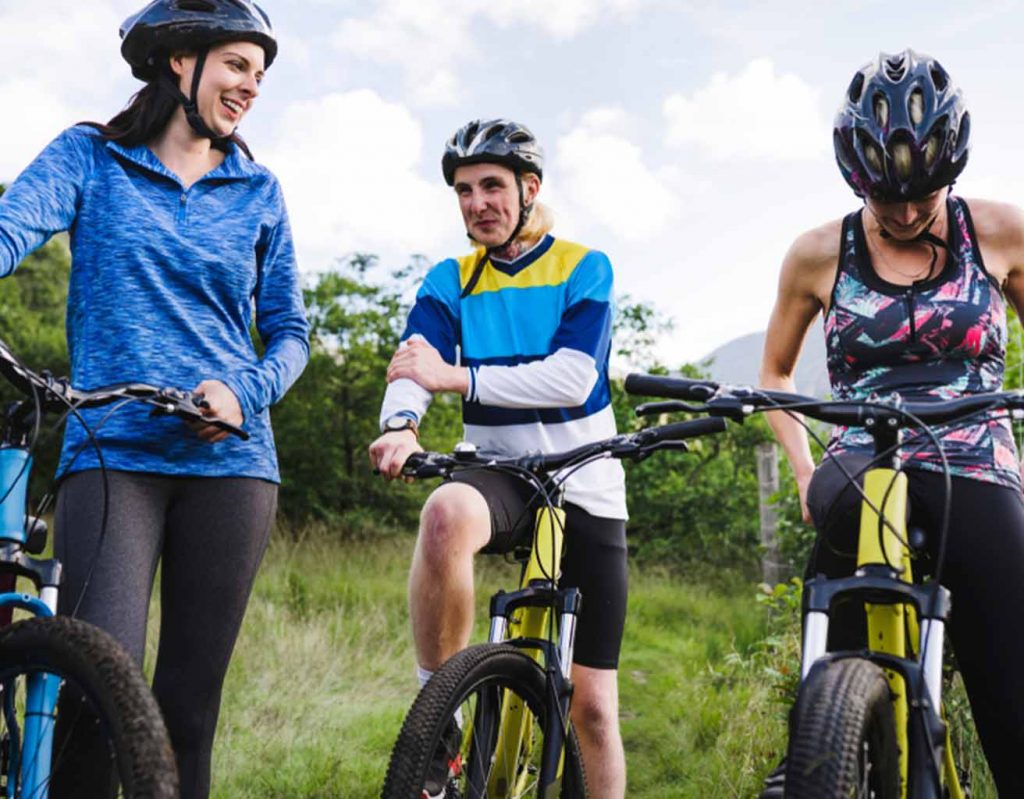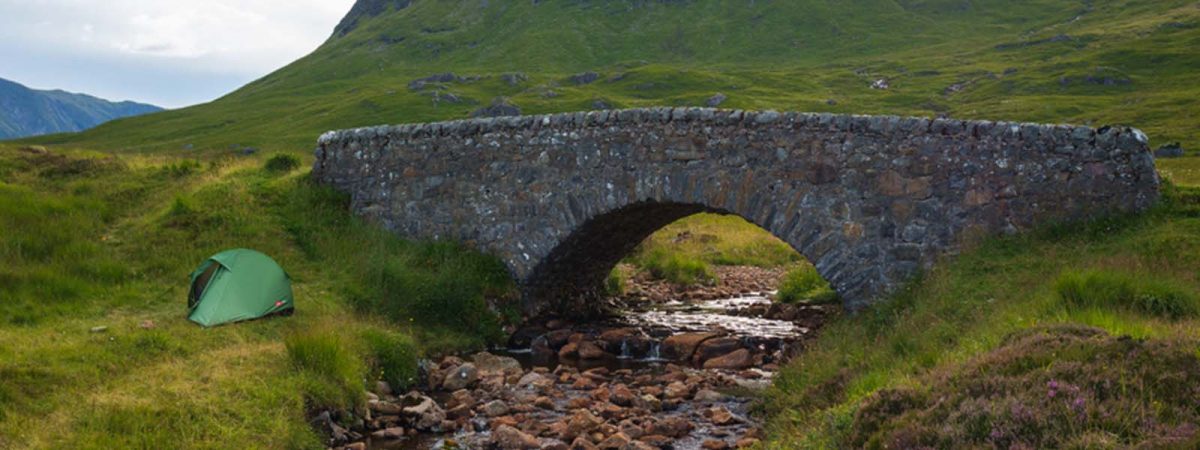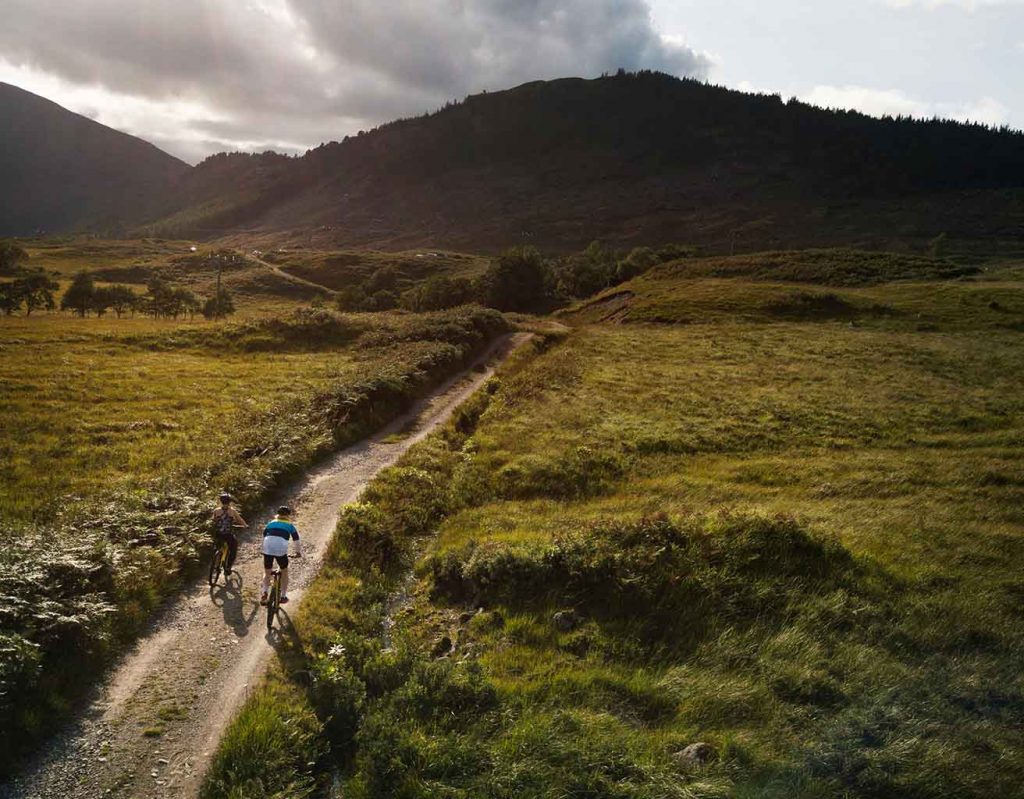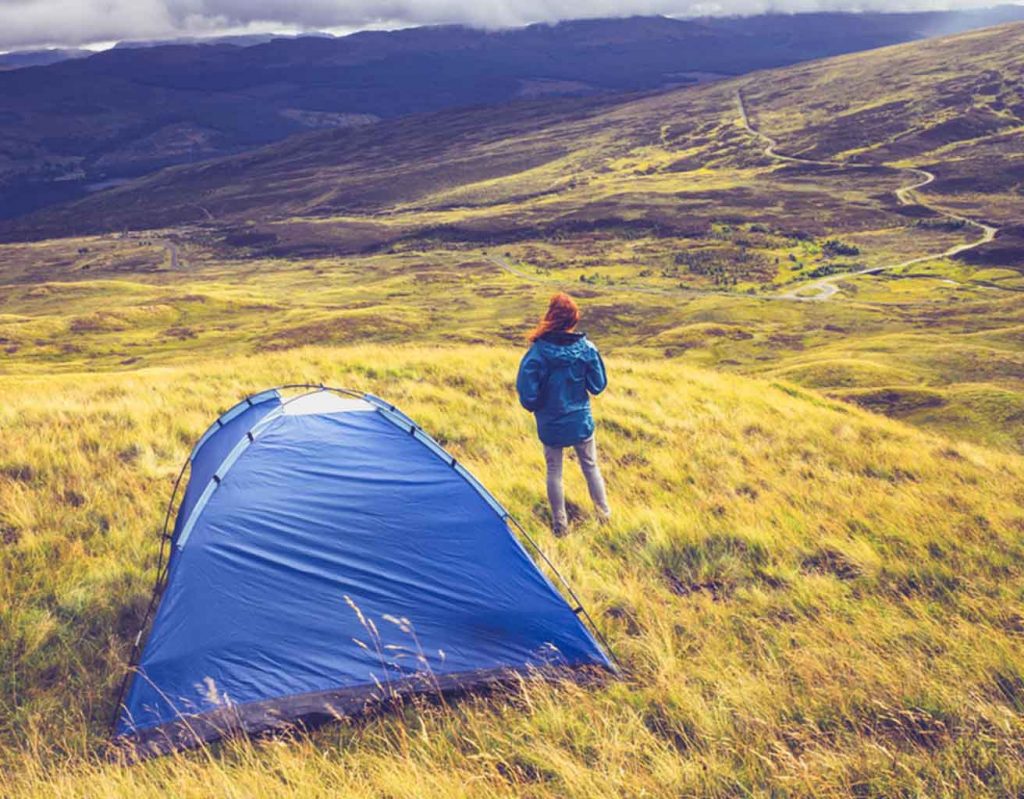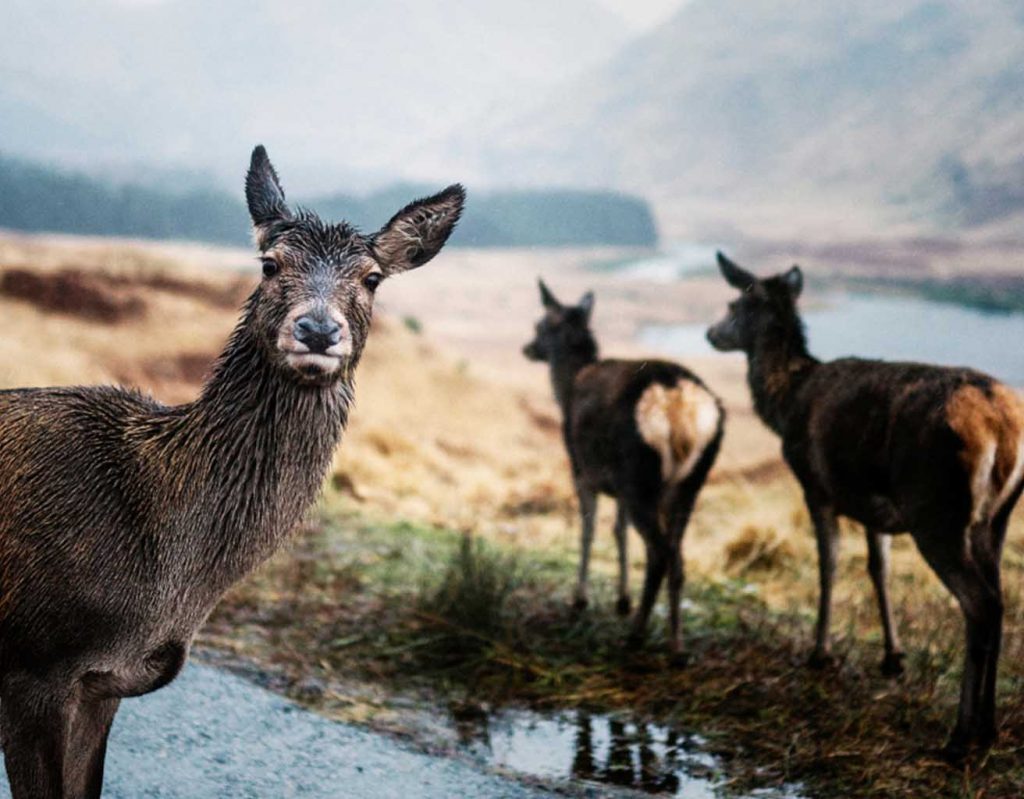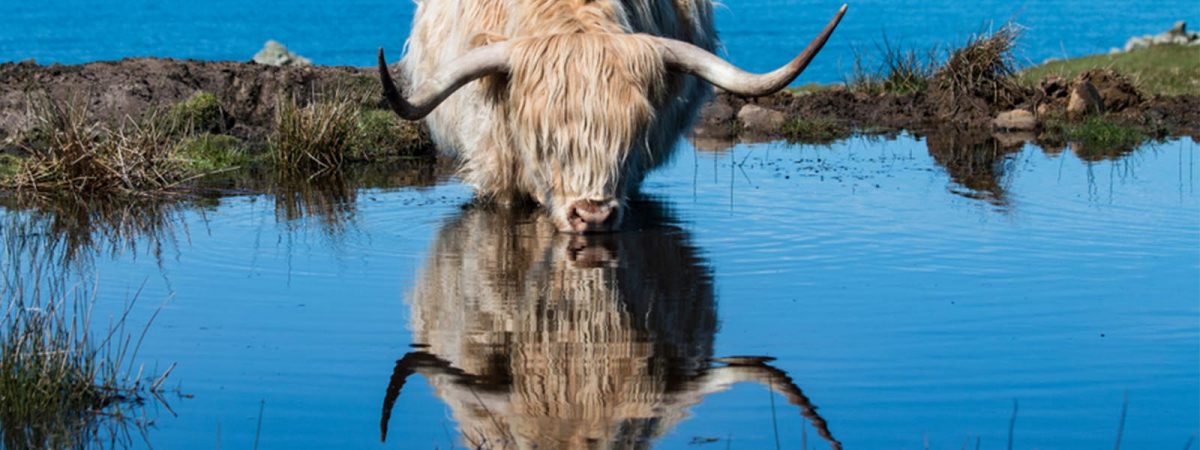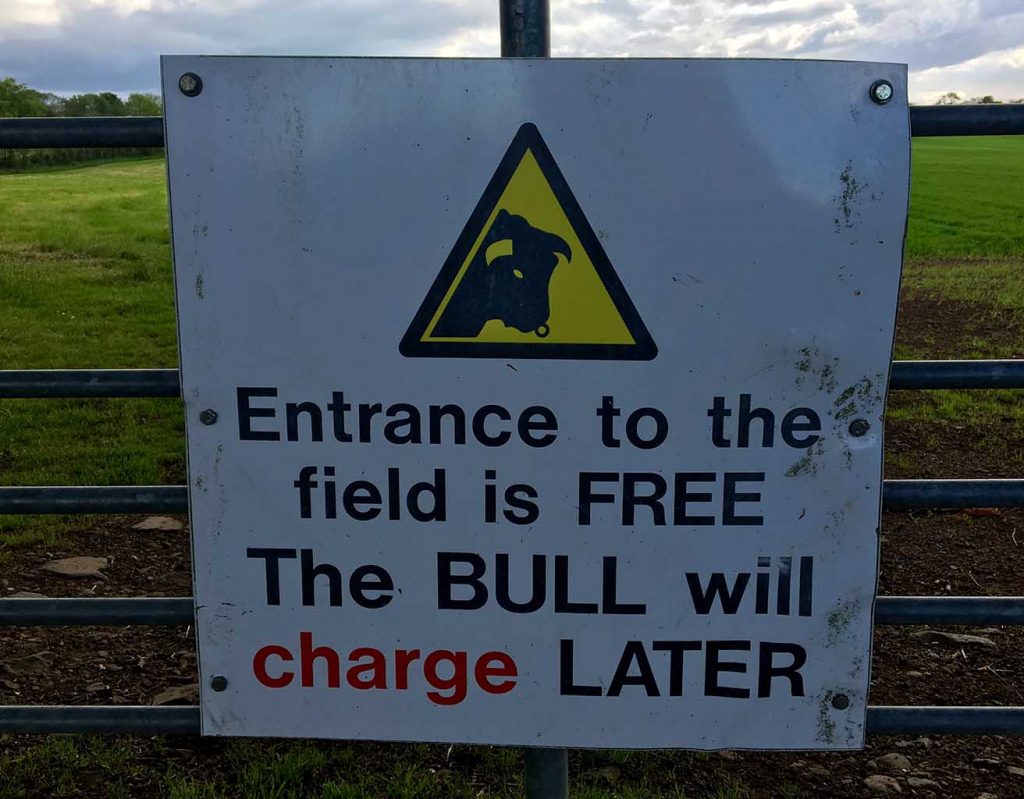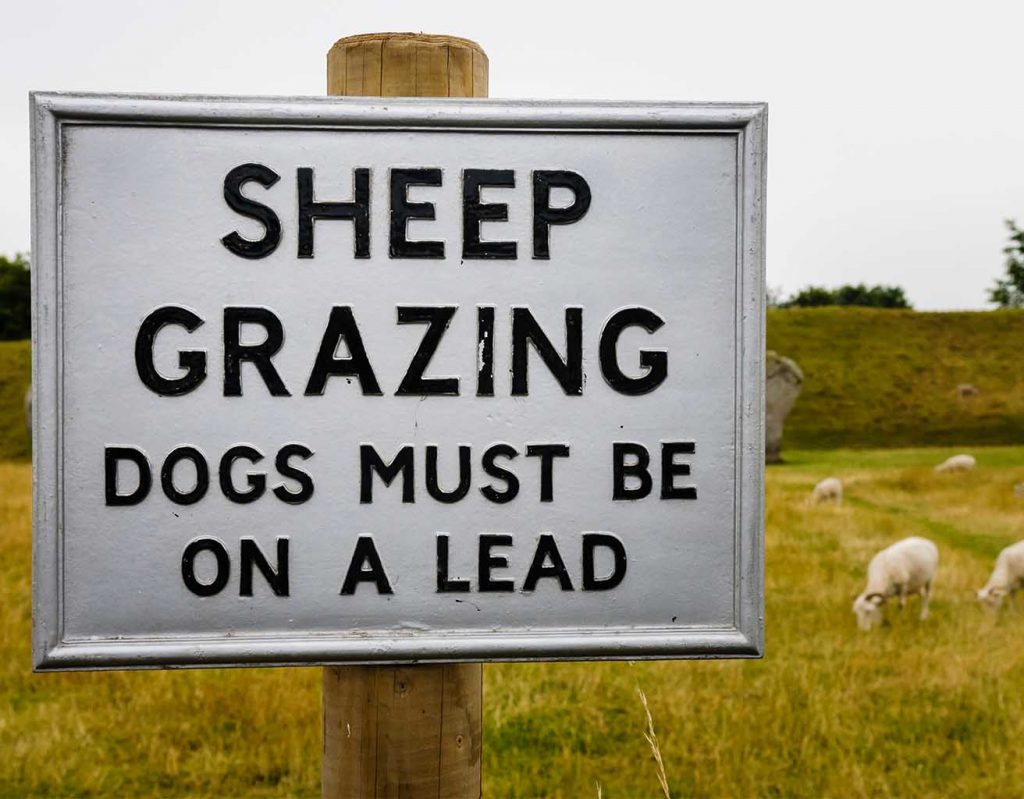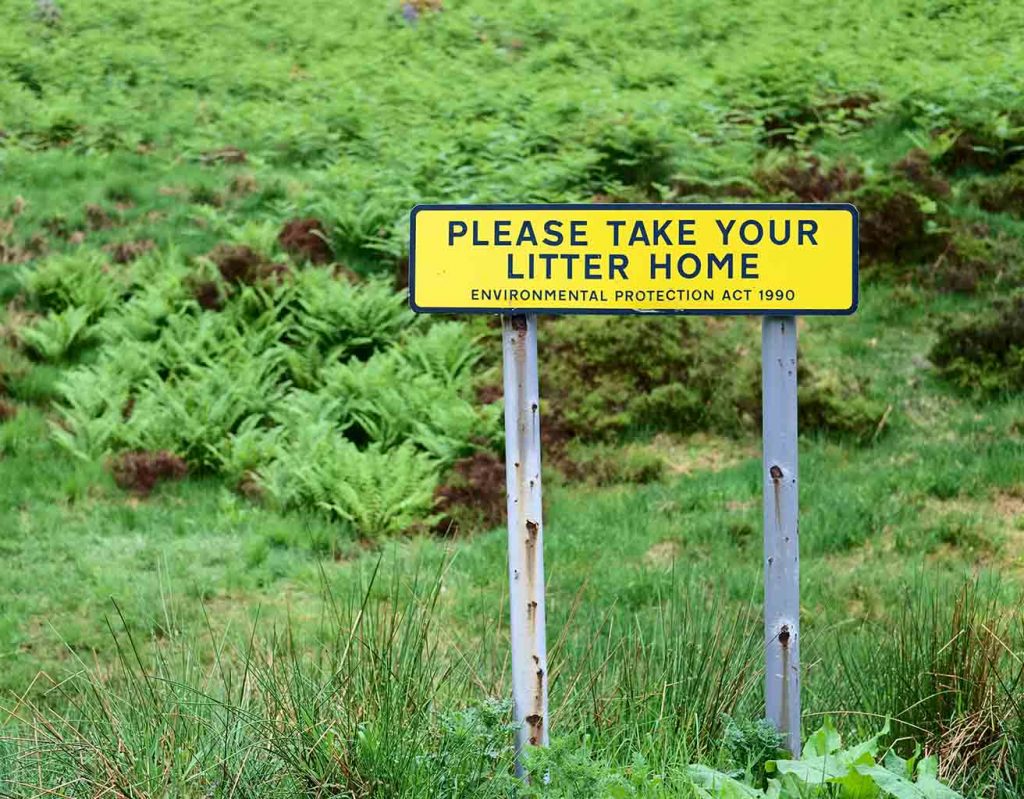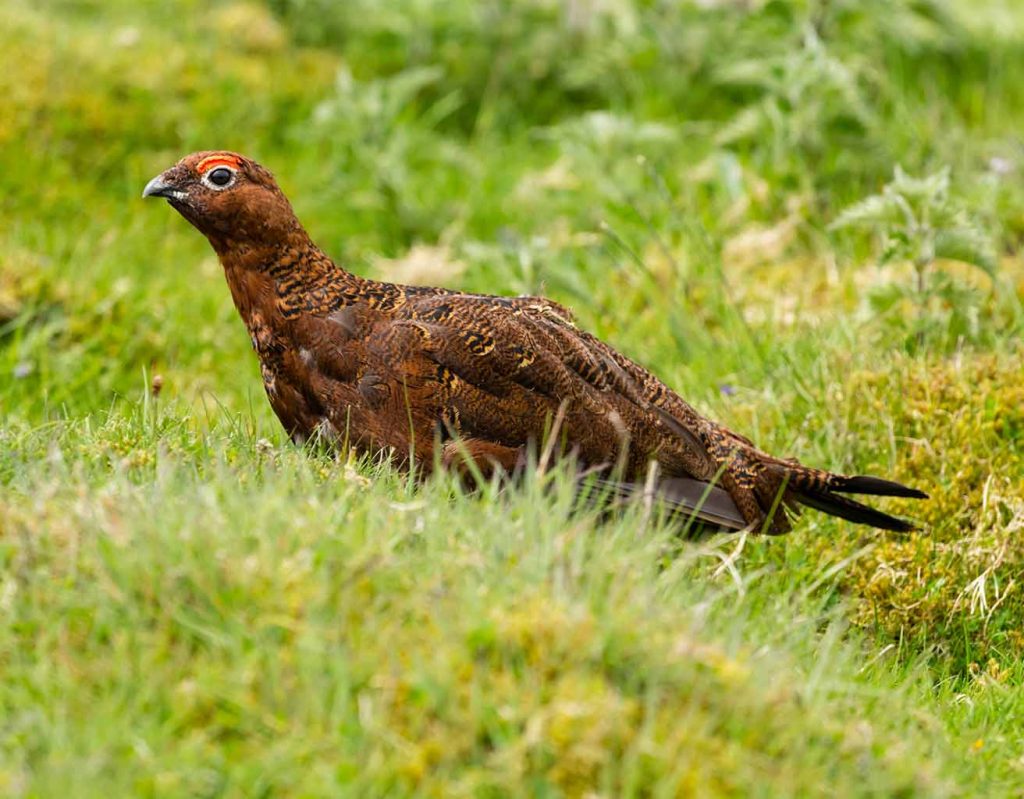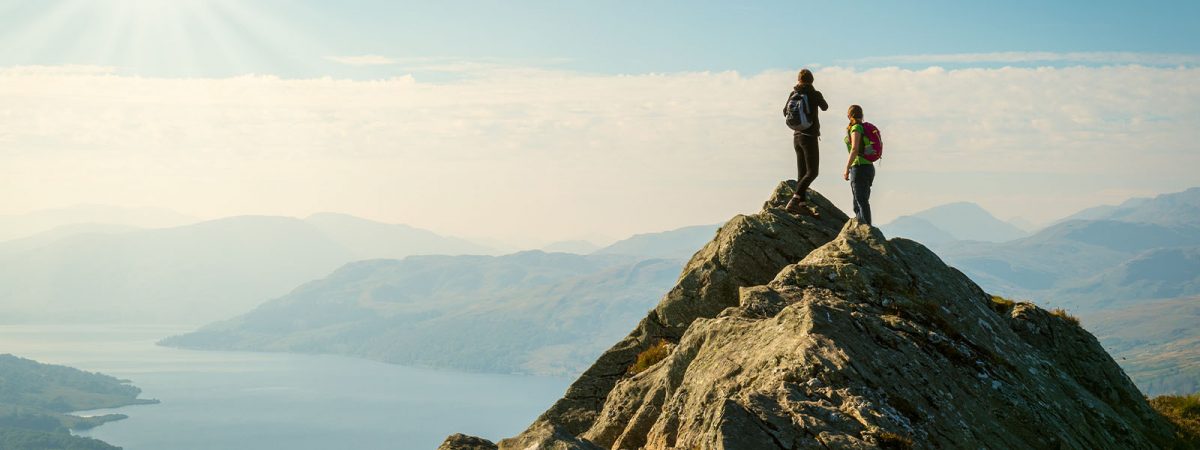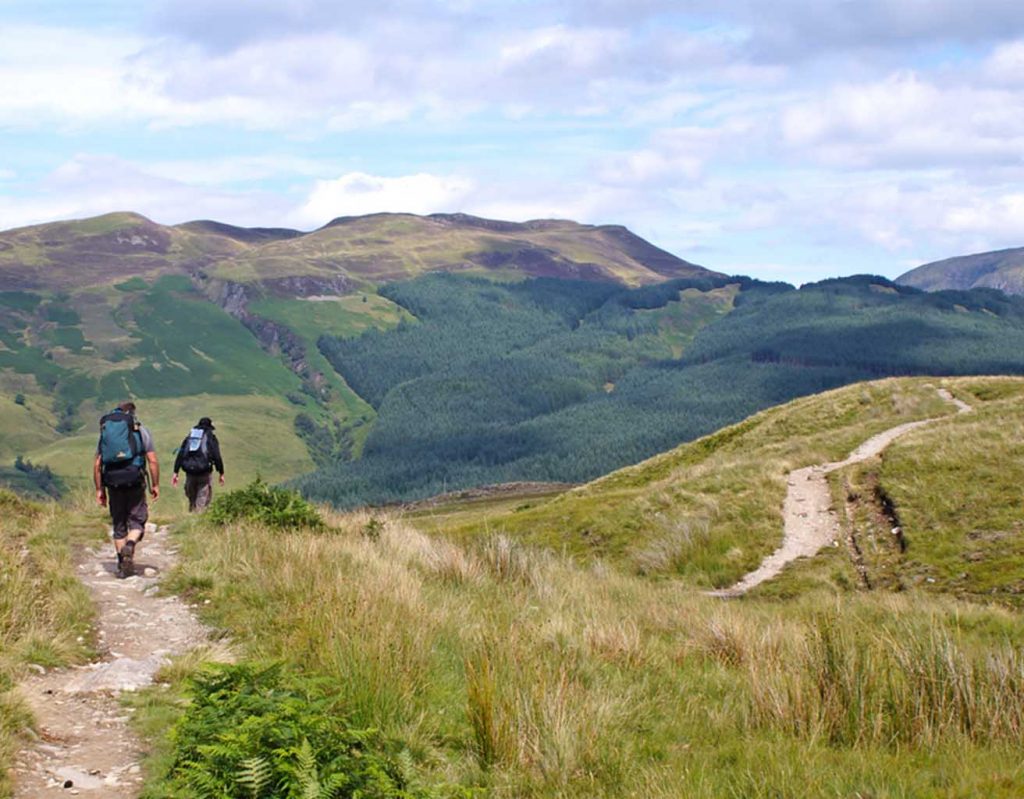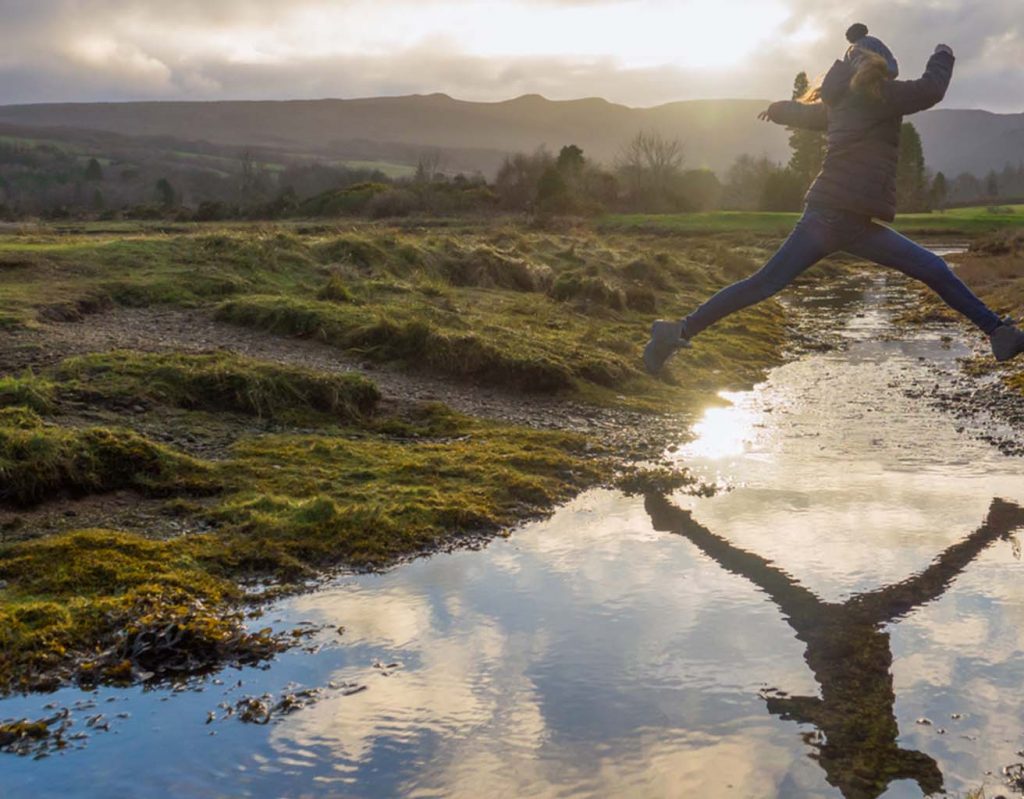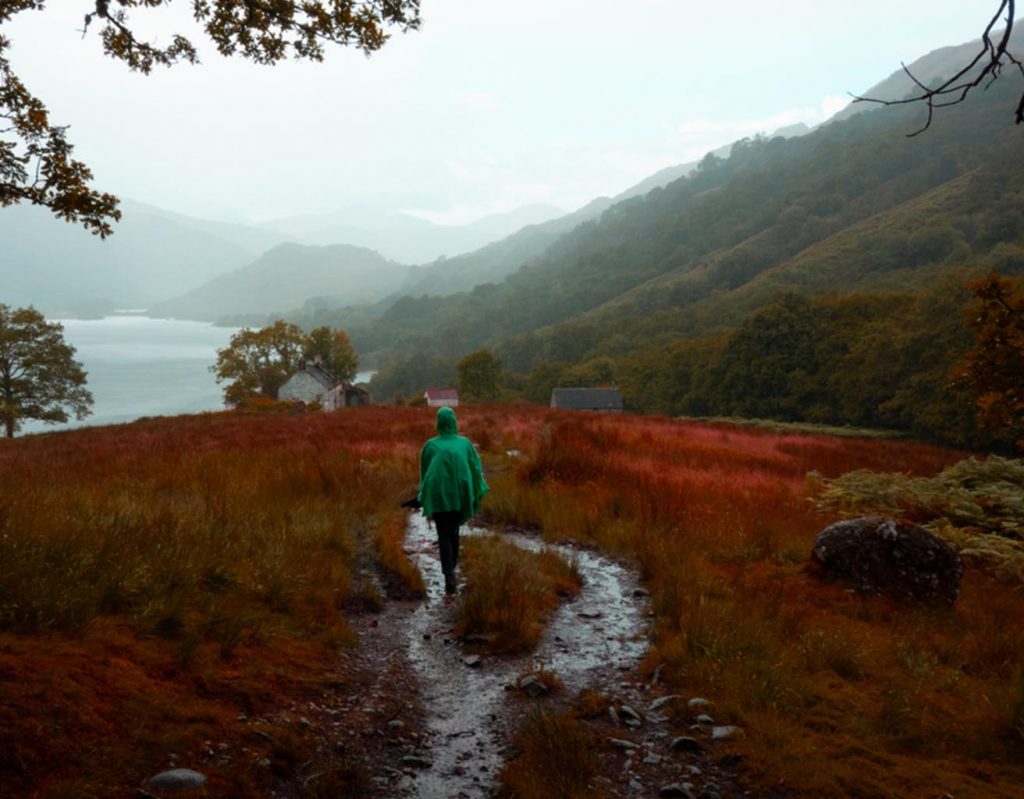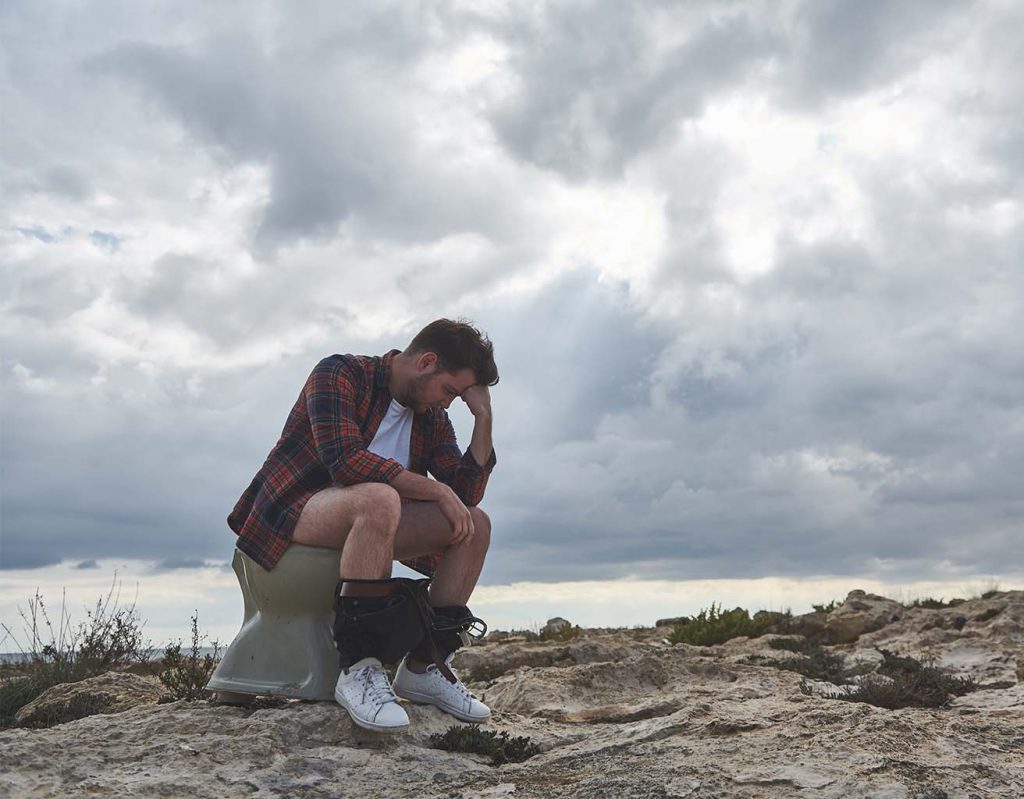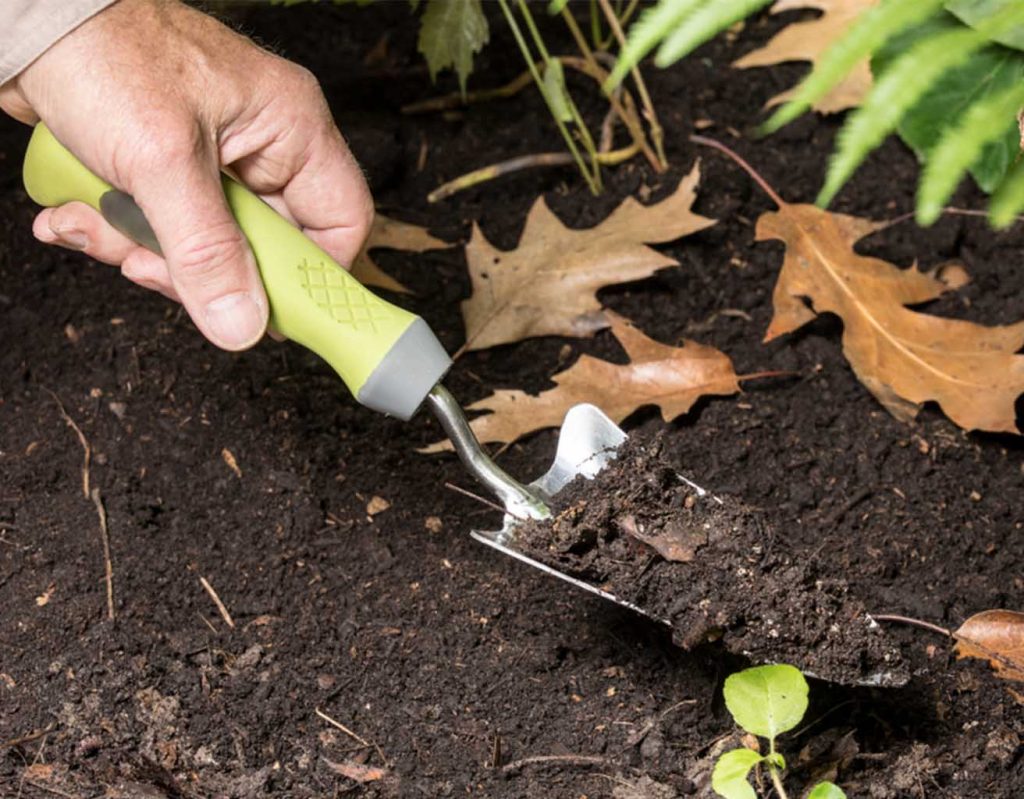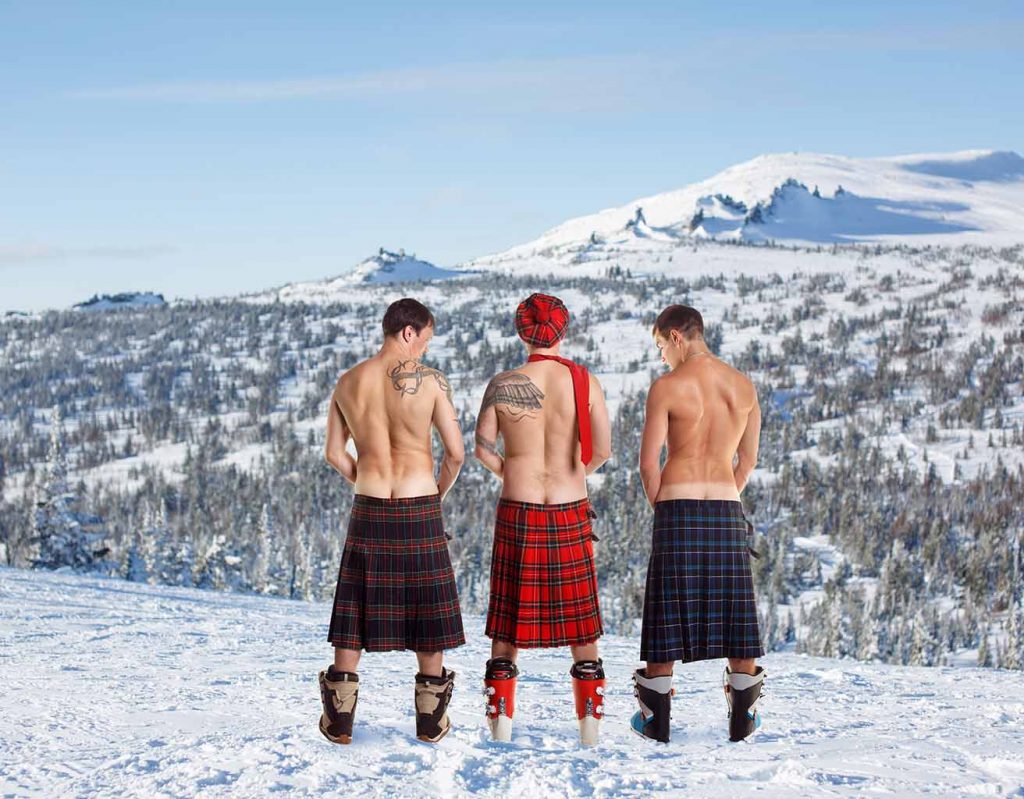If you are looking for some of the best places to visit in the winter in Inverness and Loch Ness then read on and find out more. Here we are situated in one of the most stunning areas in the world. As a result, we have an array of wonderful places to visit. So we have compiled a list of some of the places we recommend you visit on or around the Loch Ness 360 trail.
River Ness and Ness Islands
Whatever time of year you visit, the River Ness and Ness Islands have something magical about them. And there is something extra special about exploring them in the Winter. Your warm breath in the cold winters air and layers of clothes to warm you. Here you will take in the sounds of the river and its wildlife along the way on a crisp and chilly day. Wander across the array of Victorian bridges that connect each island. Here you can explore each one’s hidden treasures. Hidden bays, cocooned clearings, mature trees with benches dotted around are a few things you will find. And you can even explore this wonder at night as lights romantically illuminate the way. Well maintained pathways lead along the river and around the islands. So it is a great walk for all to enjoy during an Inverness winter!
Urquhart Castle
If you fancy a bit of history then why not visit Urquhart Castle this winter? Open from November to March, daily from 9.30 am to 4.30 pm with last entry being 3.45 pm, you can enjoy a fascinating day out. And all on the banks of Loch Ness. Once this was Scotland’s largest castle witnessing many conflicts during its 500 years as a medieval fortress. Changing hands many times it eventually met its demise in 1692. The Britsh Government forces blew it up so that the Jacobite rebels could no longer use it as their fortress. And during the winter it offers a spectacular Scottish setting. Bare trees, low moody light and sometimes snow-dusted hills envelop the loch. All can be viewed from this historical ruin. A truly spectacular sight to behold and one of the best places to visit in the winter!
Glenmoriston Footprints
If historical tales of the fascinating unknown excite you then you may want to pay a visit to these footprints. Said to have been imprinted in the ground East of the Torgolye bridge, by a preacher. No grass has grown on them since his sermon back in 1827! And you can see these footprints to this day. Here you can take a short walk along to the Cairn where this phenomenon lies. It is quite fascinating! You can read more about this intriguing story here.
Cameron’s Tearoom
Cameron’s Tearoom is a delightful place to head to on a winters day. Here you can snuggle up and enjoy some delicious food and explore the lovely range of gifts in their shop. And as you do you can look out over the stunning Scottish winter scenery. Enjoy your food and watch the Highland Cows enjoy theirs. Furthermore, you can pop outside and see the rescued reindeer residents who always enjoy a pat. Situated on the southside of Loch Ness between Inverness and Fort Augustus this tearoom lies a quarter of a mile from the Falls of Foyer. It’s a perfect stop for refreshments after a trip there. So head along and enjoy a hearty meal and some of Morag and her staff’s divine home baking!
An Talla by Loch Ness
Always a great place to stop, An Talla sits on the banks of the Caledonian canal. Here you can enjoy a first-class shopping experience with high-end gifts. Inspired by Thomas Telford the Loch Ness collection offers a beautifully crafted range of gifts. And they are only available to buy here. Furthermore, you can dine in their restaurant and enjoy a range of seasonal dishes. So head along on a chilly winters day for some retail therapy.
Caledonian Canal
Here at the Caledonian Canal, you can enjoy a lovely winters walk, cycle or run. Stretching through part of the Great Glen way this towpath links the Great Glen Way with the South Loch Ness Trail offering a choice of routes to explore. Be it a more exerted hike or a simple stroll you can choose whatever you fancy. Whatever you do along this unique waterway, you will enjoy an array of spectacular scenery and an abundance of wildlife. Another of the best places to visit this winter!
Drummnadrochit
Another great place to visit during winter in the Highlands is Drumnadrochit. Not only does it have a truly Scottish name it offers a truly Scottish experience. Located on the northern shore of Loch Ness this village is surrounded by glens, including Glen Urquhart and Glen Moriston. And it is here that Nessie Land and the Loch Ness Exhibition Centre are located. Perfect for a ‘dreich’ Scottish day as there is much to do. And makes for a great family day out.

John Cobb Memorial
Another great place to visit on a winters day in the Highlands is the John Cobb memorial. It was here on Loch Ness that John Cobb died trying to break the water speed record. Having broken the Land Speed record three times he successfully reached 206.89mph on the first run on the water. However, due to rules saying time speed records require two runs, he attempted the second one. And this was when he tragically lost his life after hitting an ‘unexplained wake’ in the water on 29th September 1952. Nessie enthusiasts believe the monster had something to do with this. Now, you can visit the memorial of John Cobb. Just 1 mile south of Urquhart Castle, overlooking the loch sits a beehive-shaped cairn. Known as the ‘Gentle Giant’ this quiet unassuming man will always be remembered at Loch Ness.
Loch Ness 360 trail
And of course, there is the Loch Ness 360 trail to add to this list. All the above destinations are accessible from the trail. However, you can explore any section of this wonderful route at your own accord. Each section offers its own bit of magic. Whatever you chose to do you will not be disappointed. During the winter months, the views are spectacular. This really is one of the best places to visit in the winter. So come along and see what it is all about!



